AMD Details Sub-$200 Radeon RX 6500 XT and RX 6400 Graphics Cards
6nm and high clocks
We've known AMD's Navi 24 GPU along with the Radeon RX 6500 XT and RX 6400 were in the works for a while now, based on previous leaks, but today marks the official unveiling of the cards and their respective specs. It's been a long time since we've had a true "budget" offering launch, looking to fill in the bottom rungs of our best graphics cards list. While we won't have independent benchmarks until the cards launch on January 19, we do have a starting price of just $199 for the Radeon RX 6500 XT — the RX 6400 will be a step down, possibly targeting OEMs and system integrators, but we'll know more in the coming weeks.
The above image, provided by AMD, shows a hypothetical reference design. That's purely for marketing, as AMD won't be providing a reference model for the newcomer — just as there aren't RX 6600 XT or RX 6600 reference cards. The rendered card shows single HDMI and DisplayPort connectors… and not much else. Given the target market, a single fan combined with a compact cooler should more than suffice, but there will inevitably be larger cards with factory overclocks, and those will likely also feature at least a single 6-pin power connector.
Besides the Radeon RX 6500 XT and RX 6400 cards, AMD also revealed a bunch of new mobile Radeon RX 6000S solutions, along with the Rembrandt Ryzen 6000 series APU that features RDNA 2 integrated graphics. We've covered those separately, but the slide deck at the end includes the details on the mobile Radeons.
The biggest news for Navi 24 and the RX 6500 XT is that AMD has shifted to TSMC's newer 6nm node. Our understanding is that TSMC N6 is essentially the same as N7, except with more EUV layers and some extra marketing. Still, it won't be worse than the previous 7nm tech, and it looks as though this will be AMD's highest clocked GPU to date. Here are the core specs for both new GPUs.
| Graphics Card | RX 6500 XT | RX 6400 |
|---|---|---|
| GPU Architecture | Navi 24 | Navi 24 |
| Process Technology | TSMC N6 | TSMC N6 |
| Transistors (Billion) | 5.4 | 5.4 |
| Die size (mm^2) | ? | ? |
| CUs | 16 | 12 |
| GPU Cores | 1024 | 768 |
| Ray Accelerators | 16 | 12 |
| Infinity Cache (MB) | 16 | 16 |
| Game Clock (MHz) | 2610 | 2039 |
| Boost Clock (MHz) | 2815 | 2321 |
| VRAM Speed (Gbps) | 18 | 14 |
| VRAM (GB) | 4 | 4 |
| VRAM Bus Width | 64 | 64 |
| ROPs | 32 | 32 |
| TMUs | 64 | 48 |
| TFLOPS FP32 (Boost) | 5.8 | 3.6 |
| Bandwidth (GBps) | 144 | 128 |
| TDP (watts) | 107 | 53 |
| Launch Date | Jan-22 | Jan-22 |
| Launch Price | $199 | ? |
AMD takes all the specs and features we've come to know from other RDNA 2 architecture GPUs and trims things down even more in order to deliver an even smaller, more efficient, and more cost-friendly solution. Where Navi 23 has up to 32 CUs (Compute Units), a 32MB Infinity Cache, and 8GB of GDDR6 on a 128-bit interface, Navi 24 cuts all of those in half. The full GPU comes with just 16 CUs, 16MB Infinity Cache, and 4GB of GDDR6 on a 64-bit interface.
Obviously, there will be a commensurate drop in performance, though just how big that will be will depend on the game and settings you run. These cards aren't targeting high resolutions at maxed out settings — something even the RX 6600 XT can sometimes struggle with, as you can see in our GPU benchmarks hierarchy — but are instead going after entry-level gamers. One interesting piece of information is that the RX 6500 XT will sport 18Gbps GDDR6 memory, the fastest variant we've seen and something that prior to this was only in the limited availability liquid-cooled RX 6900 XT cards.
AMD provided some early benchmark details for the RX 6500 XT (but didn't say much about the RX 6400, other than noting it will be available in 1-slot designs), showing how it stacks up against the GeForce GTX 1650 and Radeon RX 570. Yes, the 570, never mind the fact that the 570 was already replaced by the RX 5500 XT cards over two years ago! Take these results with the usual skepticism, as the games selected are undoubtedly more favorable to AMD's GPUs.
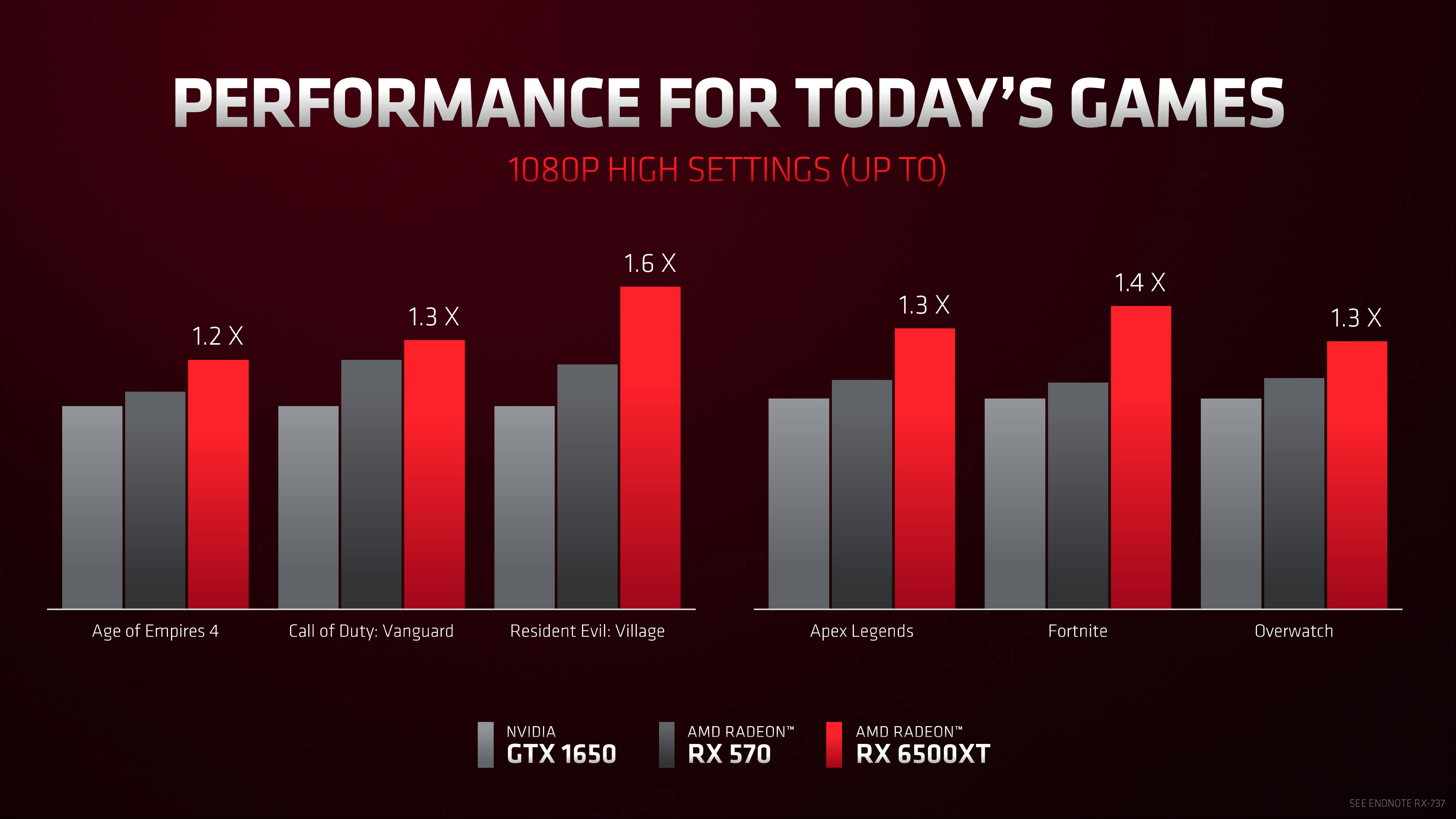
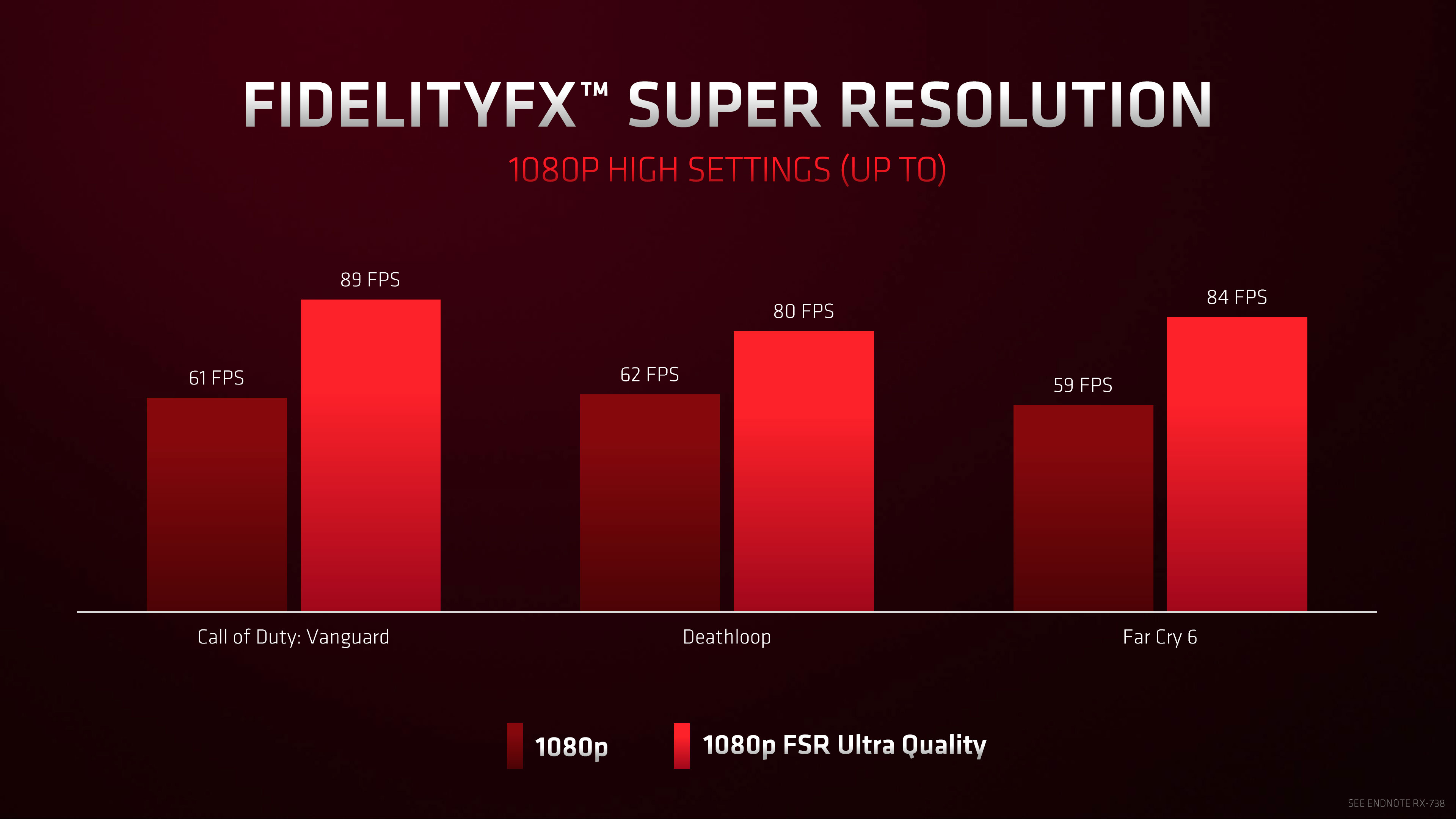
Gaming at 1080p high should provide a good balance of image quality and performance, and by dropping from maxed out settings the 4GB of VRAM should present fewer difficulties. AMD shows overall performance that's about 35% higher than Nvidia's GTX 1650, but again, grains of salt are required. In our own testing, the RX 6600 performance was more than twice as fast as the GTX 1650, but the RX 570 was only about 5% faster than the GTX 1650. We expect the RX 6500 XT to be a bit more than half the performance of the RX 6600, based on specs, so there's no reason it shouldn't end up beating the GTX 1650 by 20–40%.
Of course, the real target for the RX 6500 XT won't necessarily be the GTX 1650. That card launched in April 2019, nearly three years ago, and it's set to be replaced by Nvidia's GeForce RTX 3050, which was also announced today. Nvidia's newcomer will undoubtedly cost more than the RX 6500 XT, but it should also deliver much better performance — it should land relatively close to RTX 2060, based on the specs, which would be about 8% slower than the RX 6600 but also potentially double the performance of the GTX 1650 whipping boy.
Given the specifications on the RX 6500 XT, we can only hope that cryptocurrency miners will leave the cards alone and finally let gamers have a reasonably priced option. Here's hoping that will prove true, though continuing shortages will almost certainly result in street prices that are higher than AMD's $199 MSRP. At least the newcomer should prove to be a better option than the outgoing RX 5500 XT and GTX 1650 (fingers crossed).
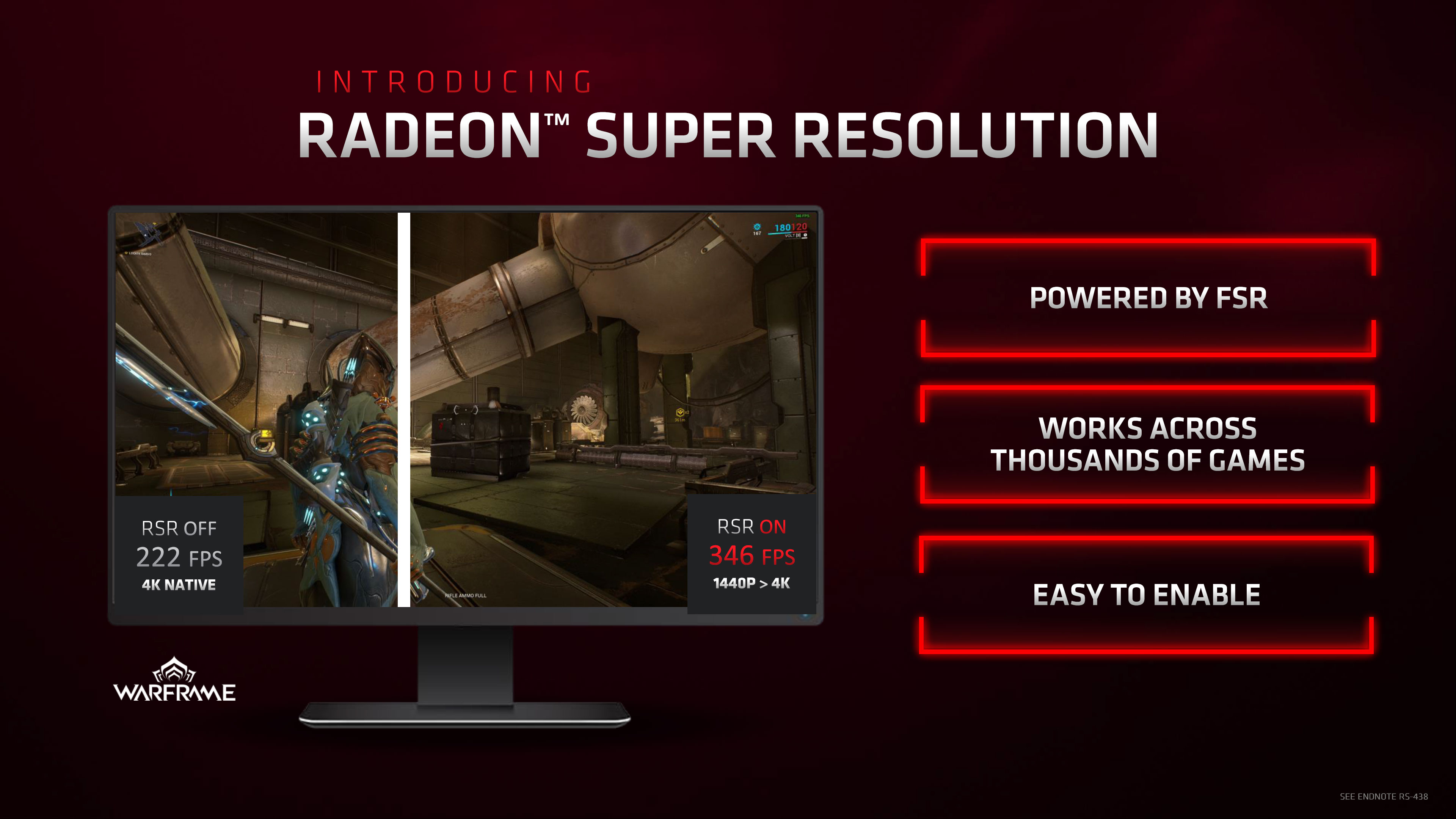
Finally, AMD also announced a few updates on the software side of things. The latest feature is called Radeon Super Resolution (RSR), which utilizes AMD's FidelityFX Super Resolution (FSR) at a driver level to support resolution upscaling for thousands of games. The main difference between FSR and RSR is that FSR has to be integrated directly into a game, including the addition of options to control the settings. FSR allows the 3D rendering to occur at a lower resolution that's then upscaled, at which point the HUD and UI are drawn at the target resolution. RSR doesn't require game integration and simply upscales everything — we've seen a few mods and hacks that basically did the same thing already, like the FSR wrapper Magpie.
With RSR, it's possible to upscale everything from 1440p to 4K as an example. The lower rendering resolution should boost performance, while FSR upscaling should result in a relatively minor loss in image quality. We'll have to do some testing on our own to determine how big the gains are, and how significant any artifacts might be, but it's a feature that users will be free to enable or disable at their own discretion.
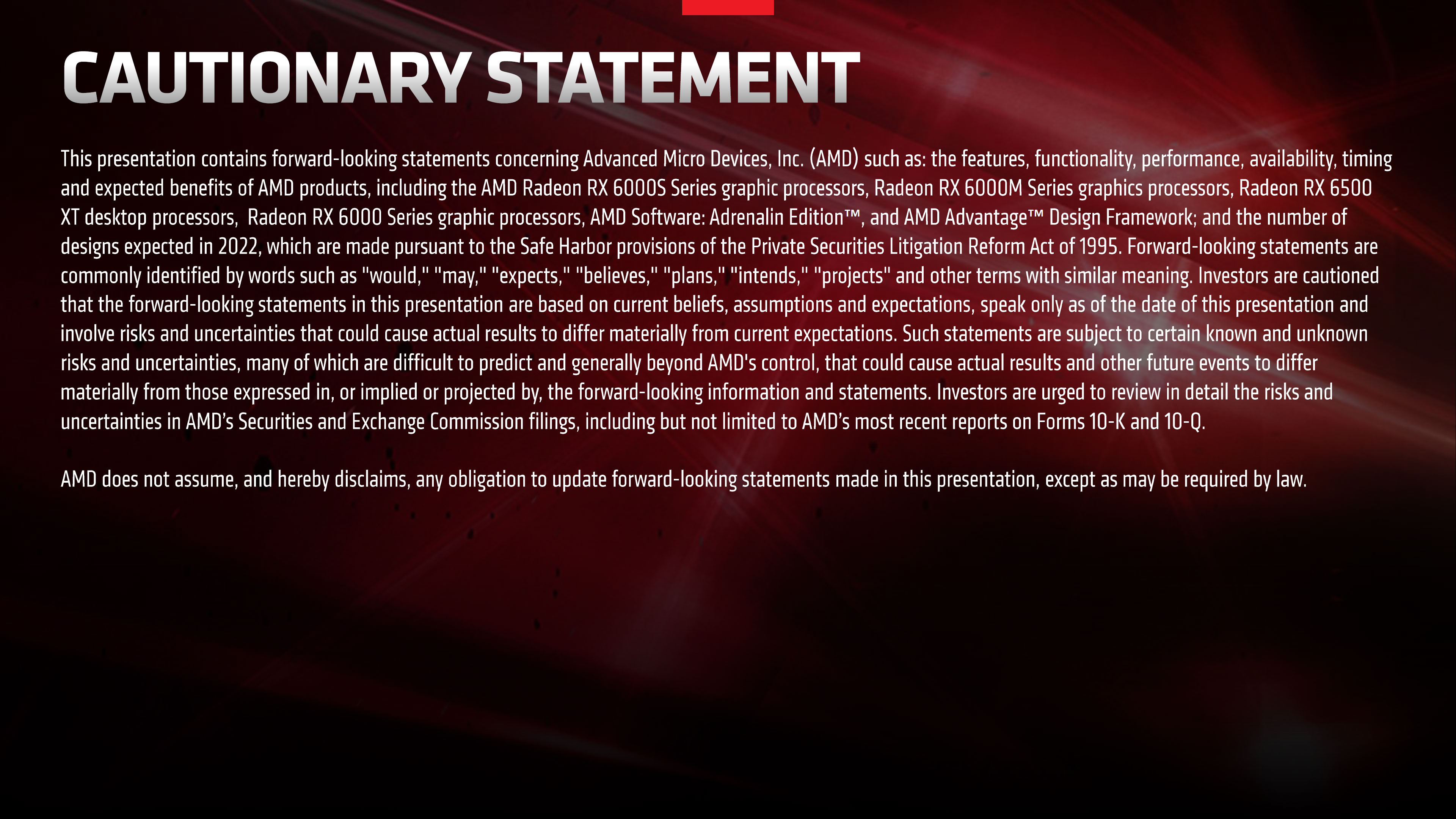
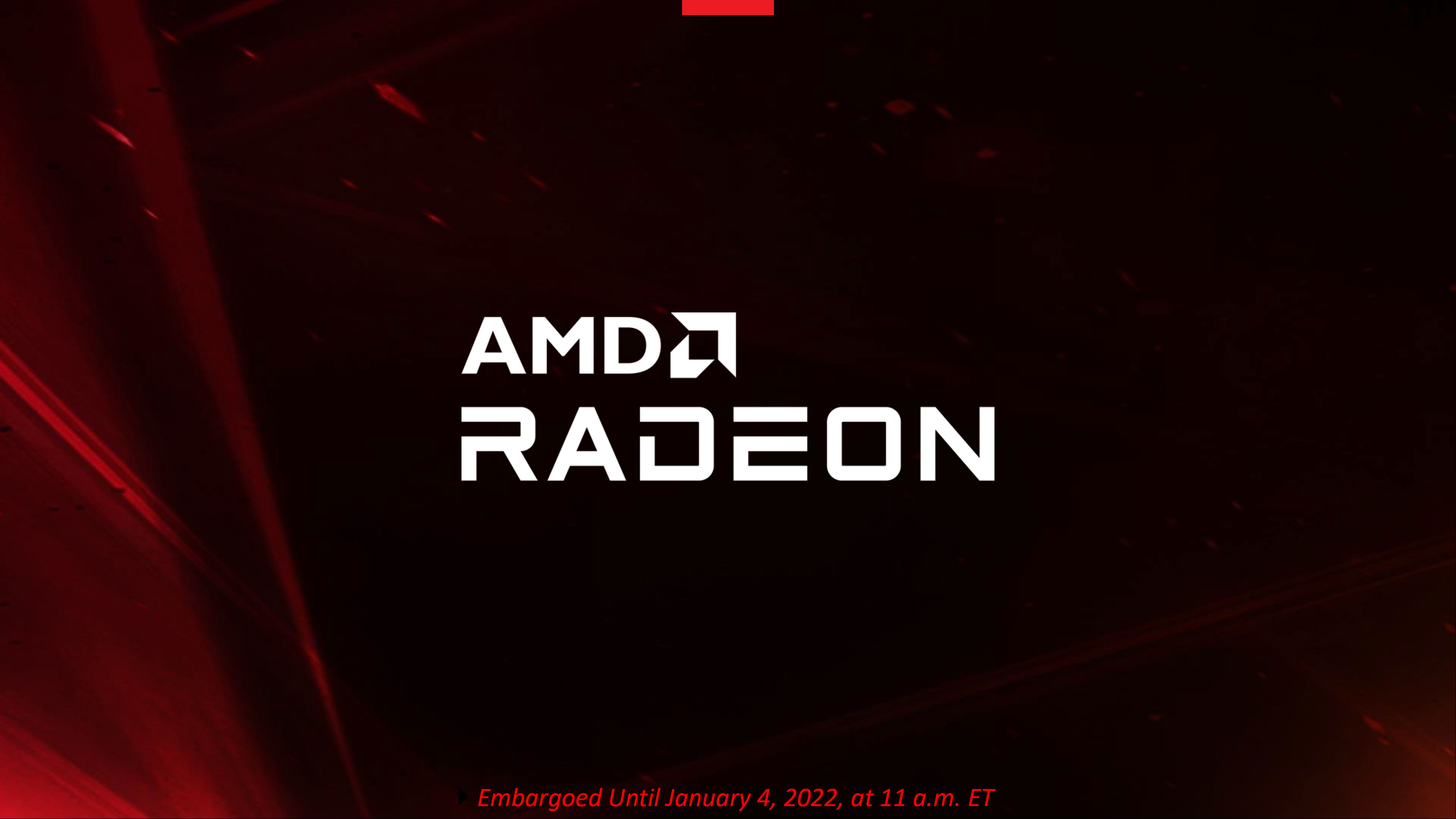
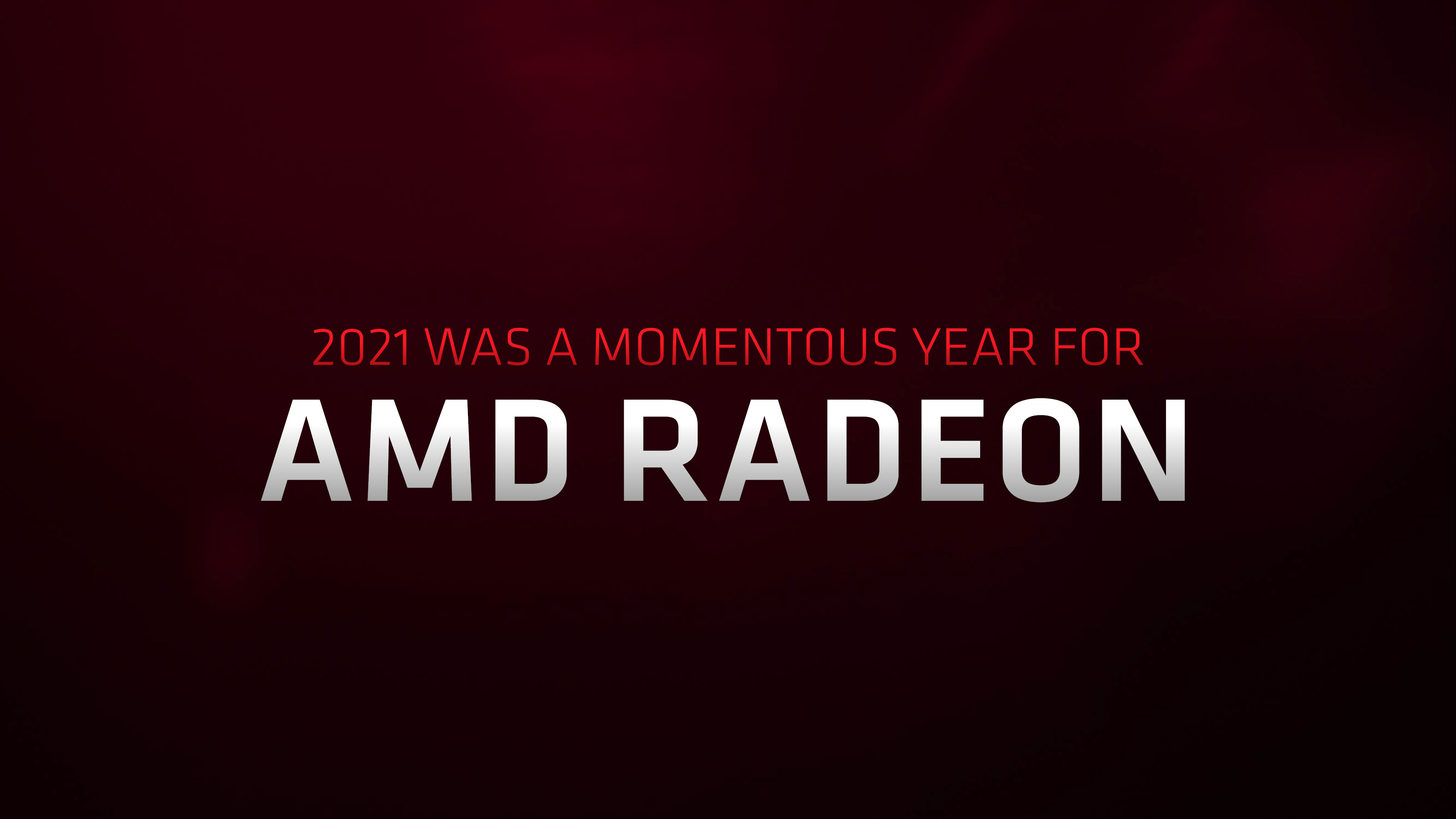
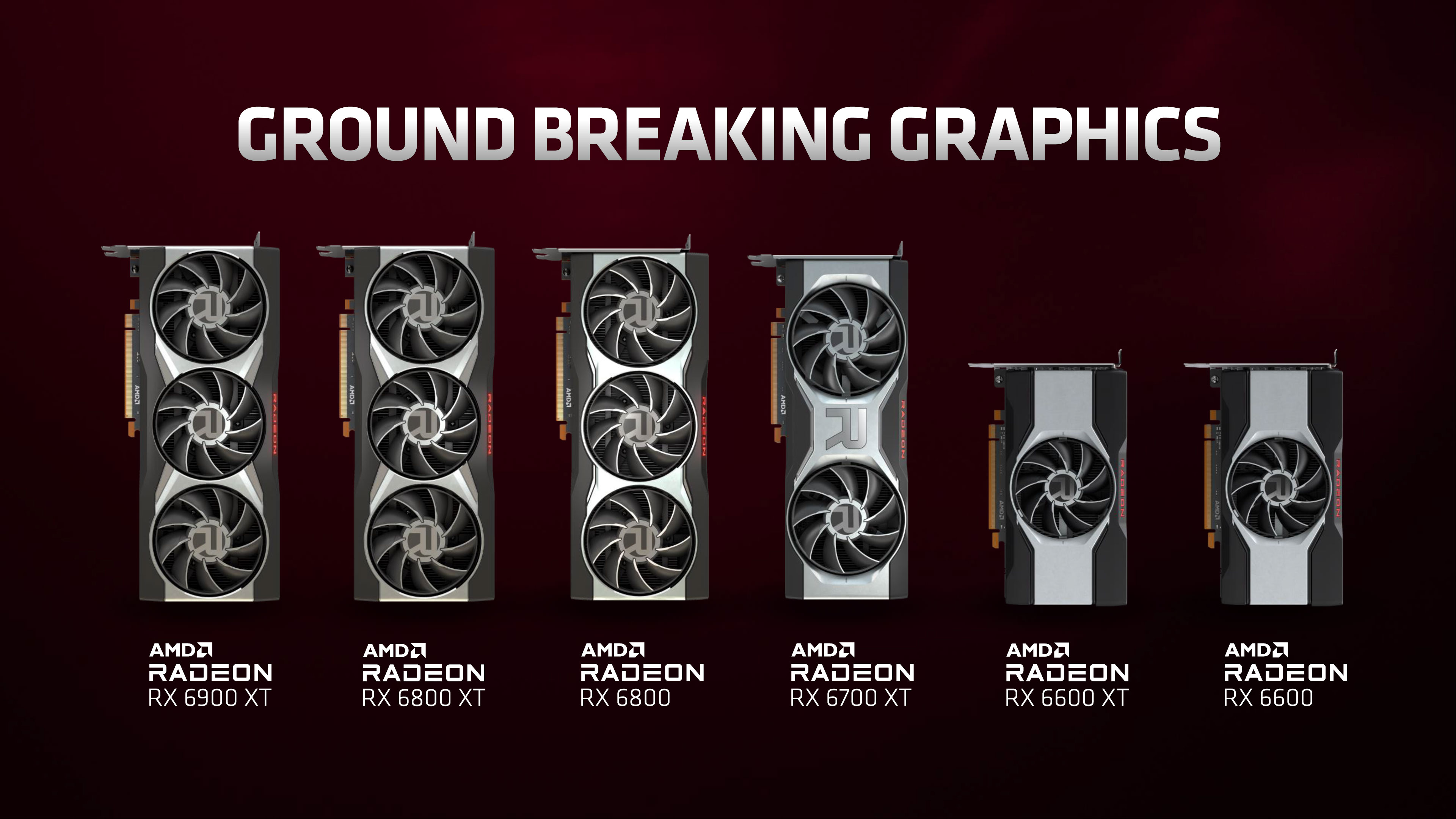
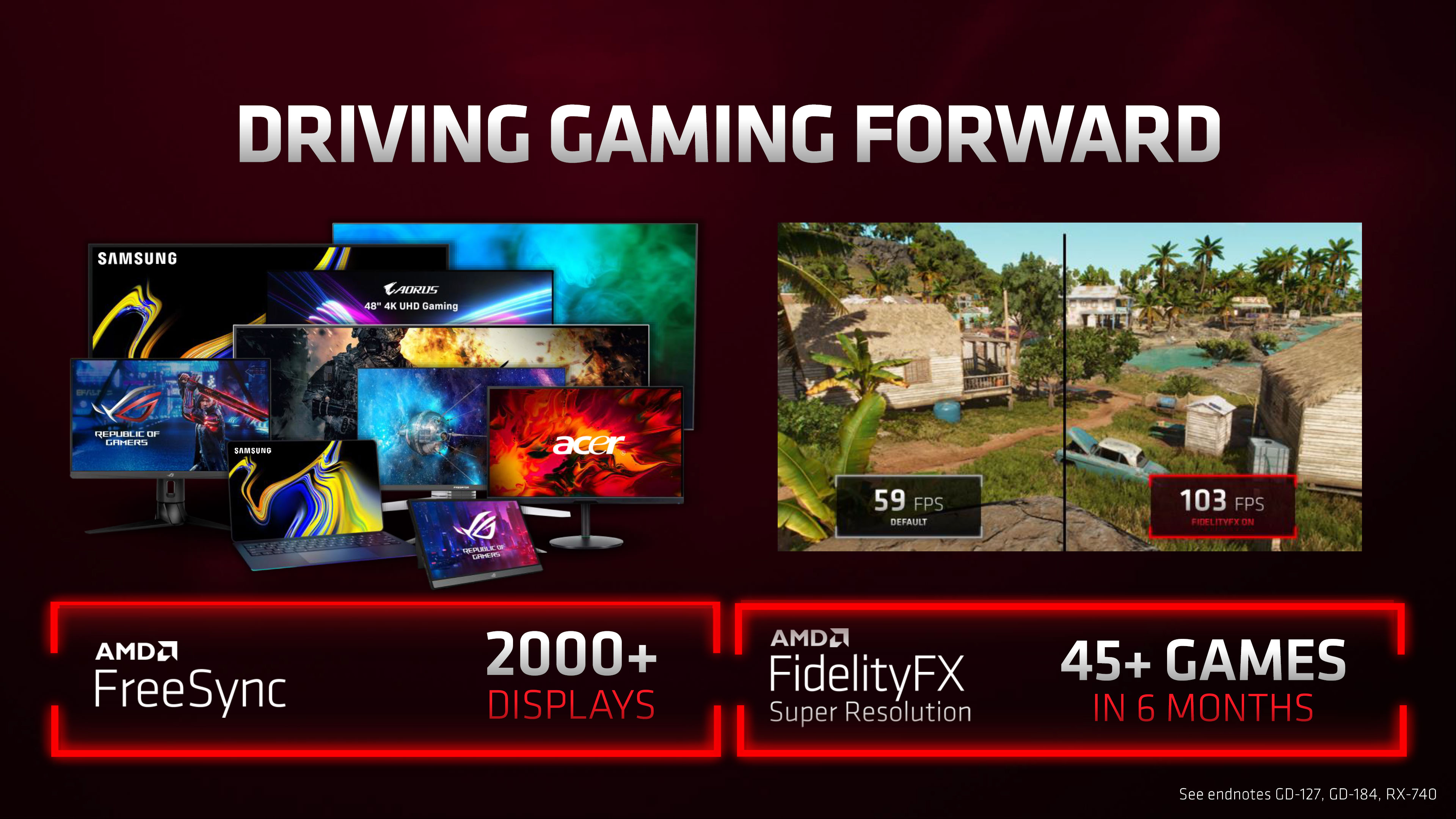
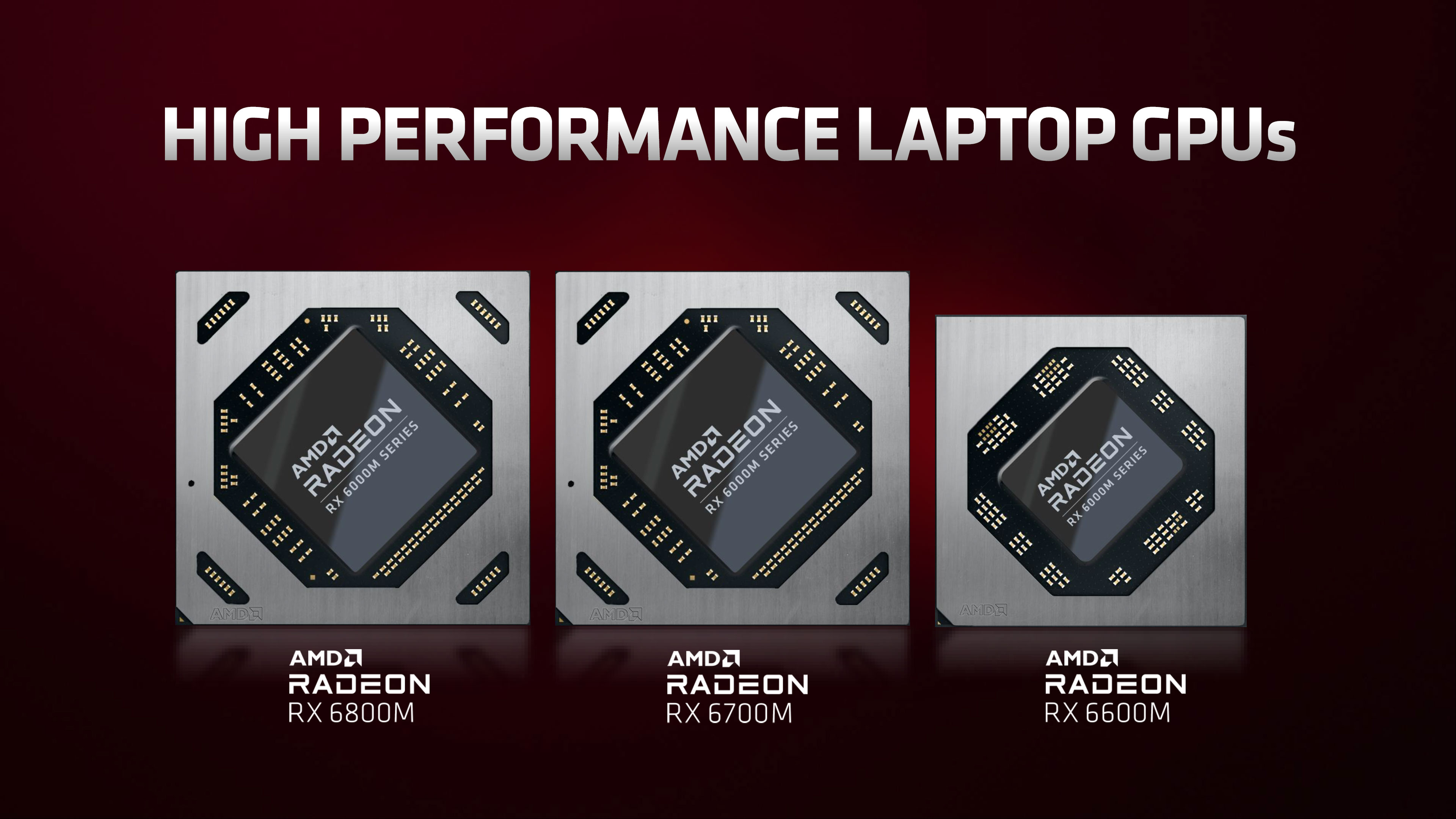
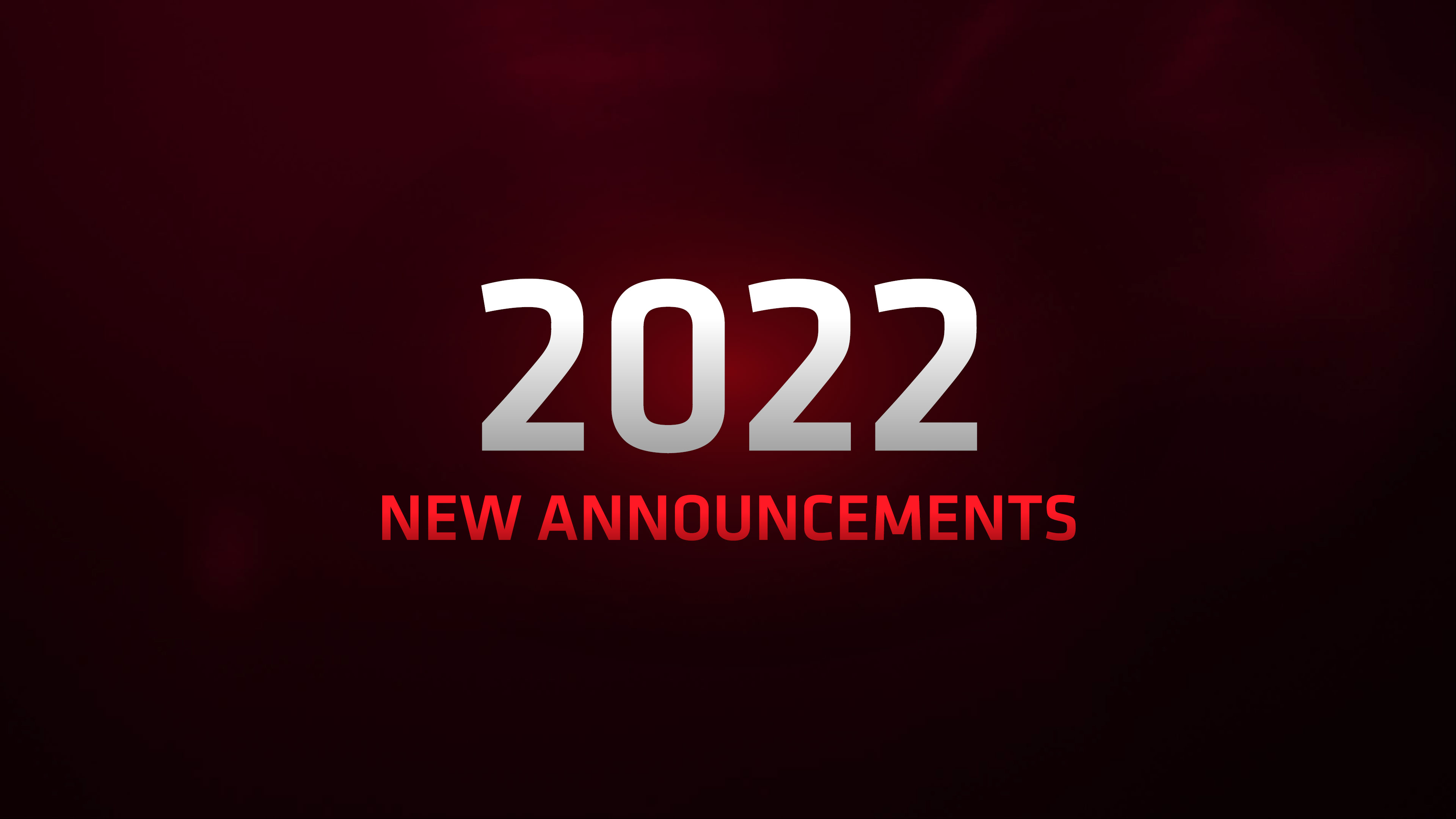
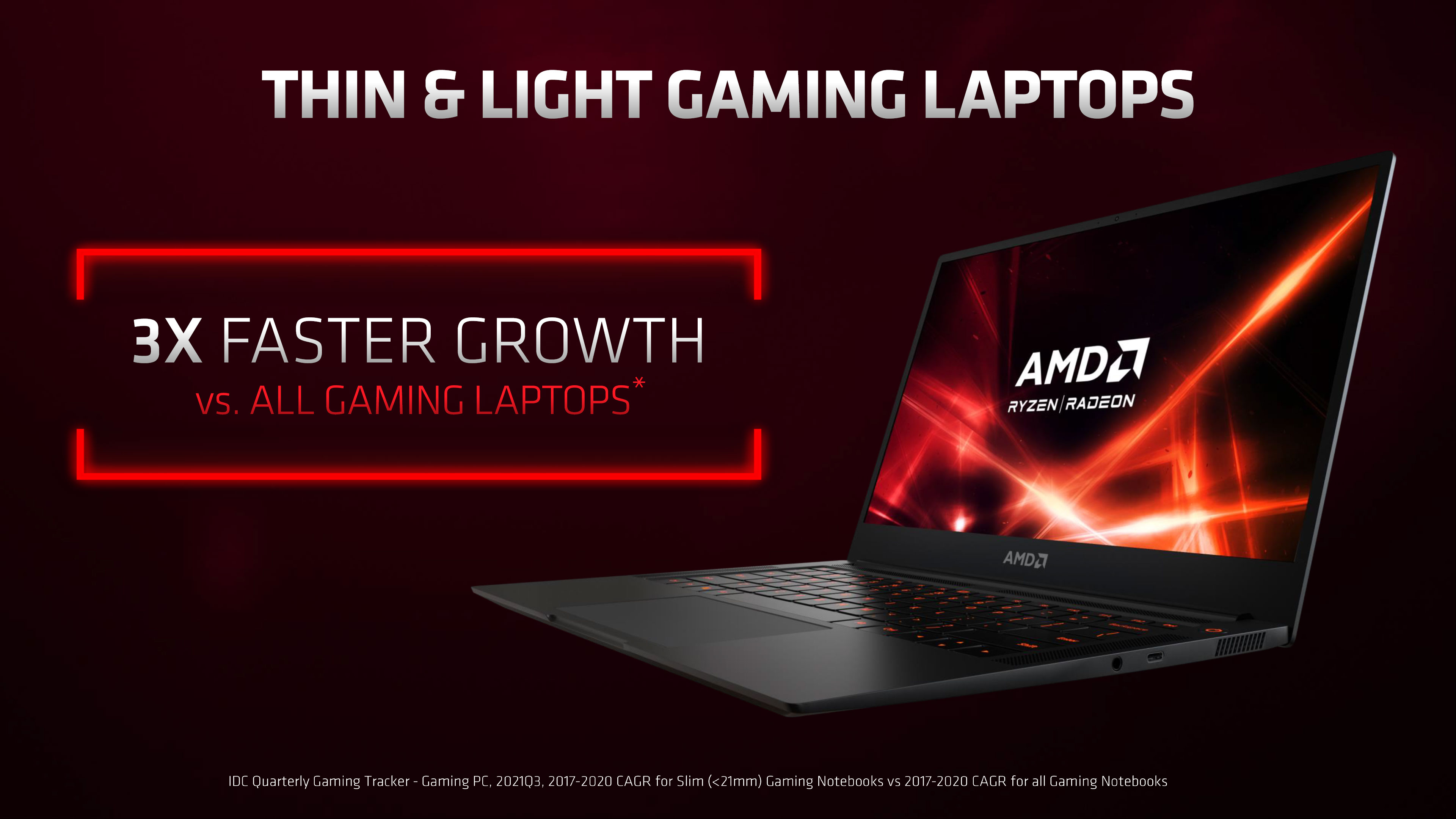
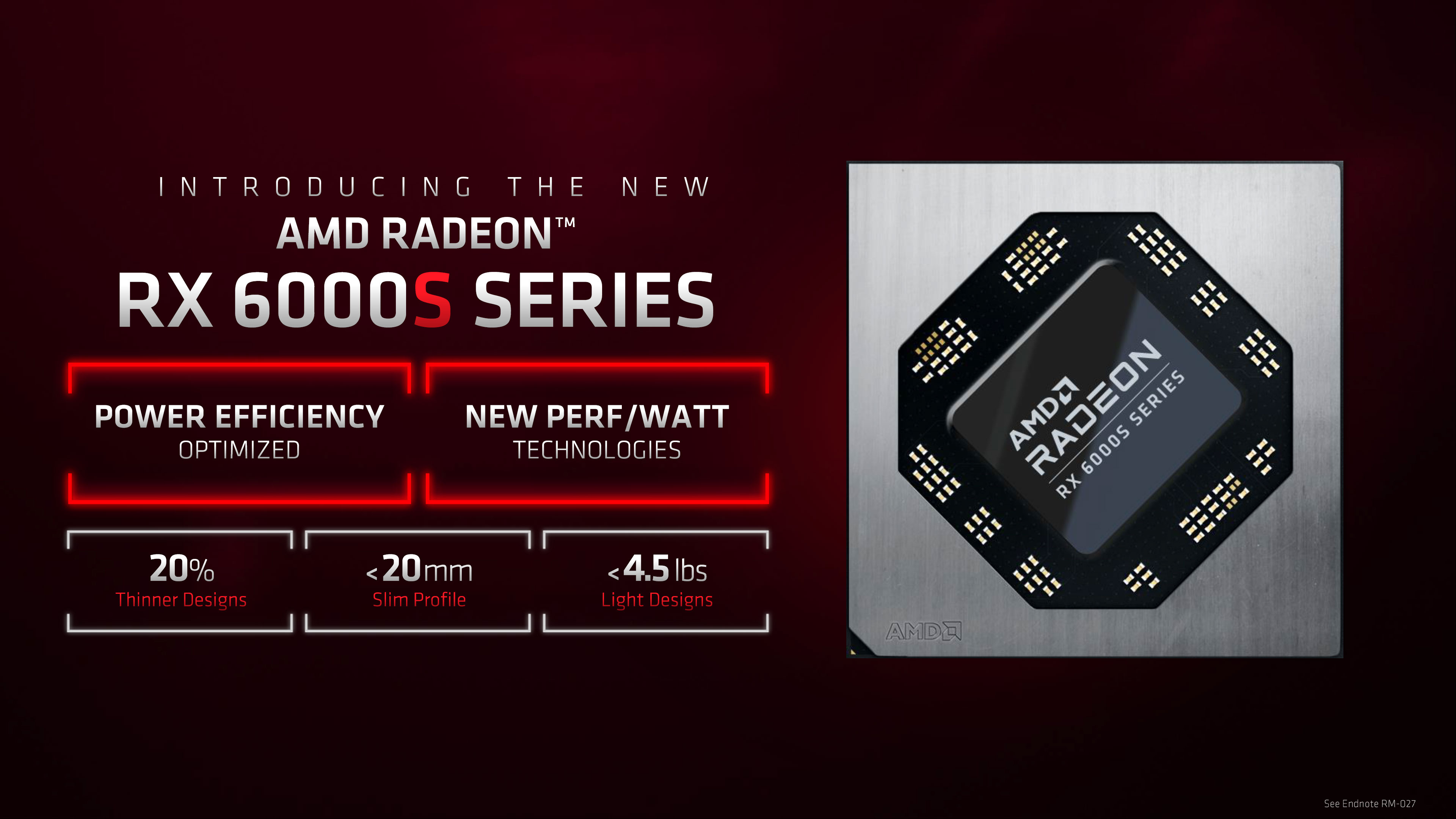
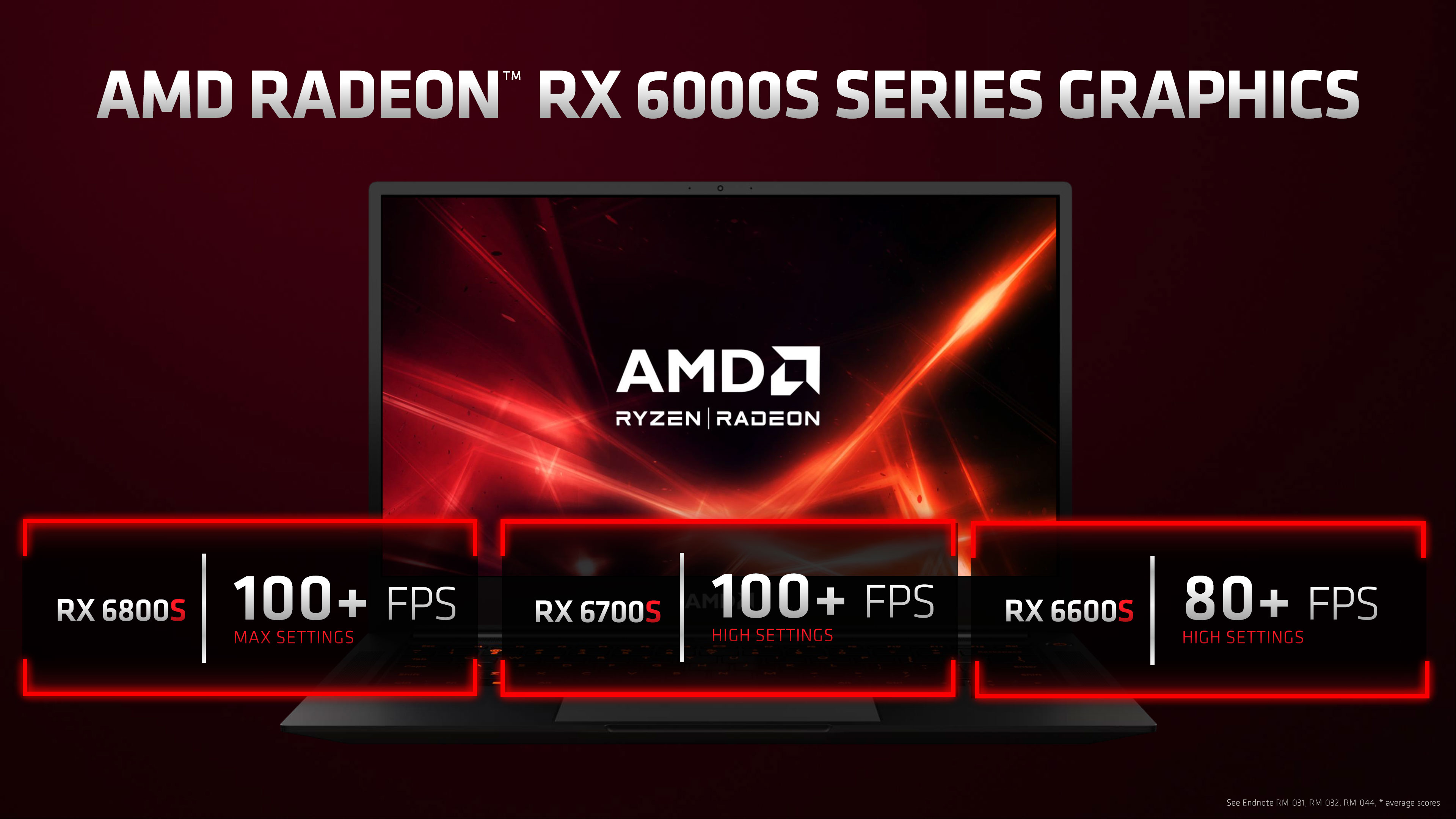
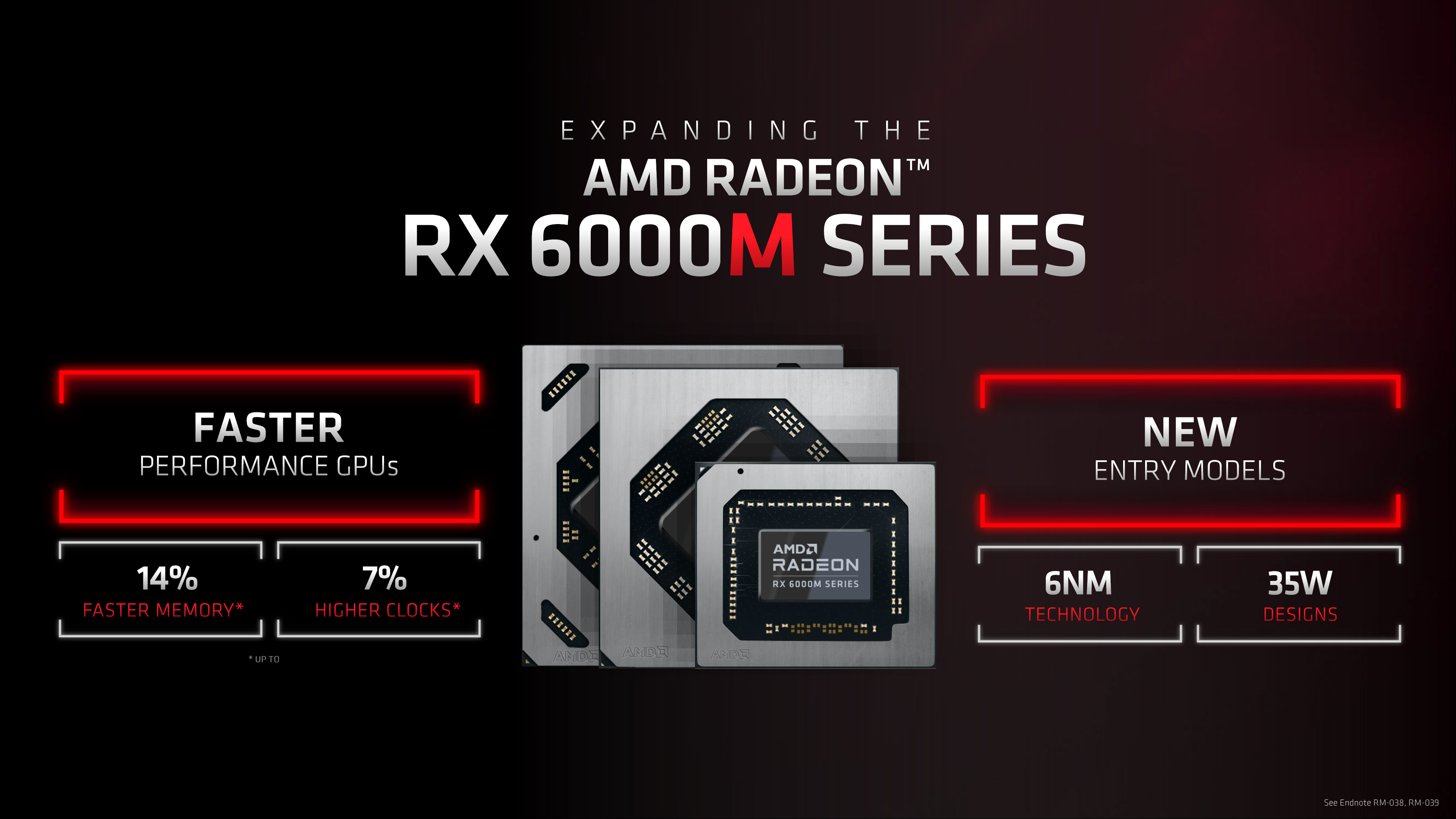
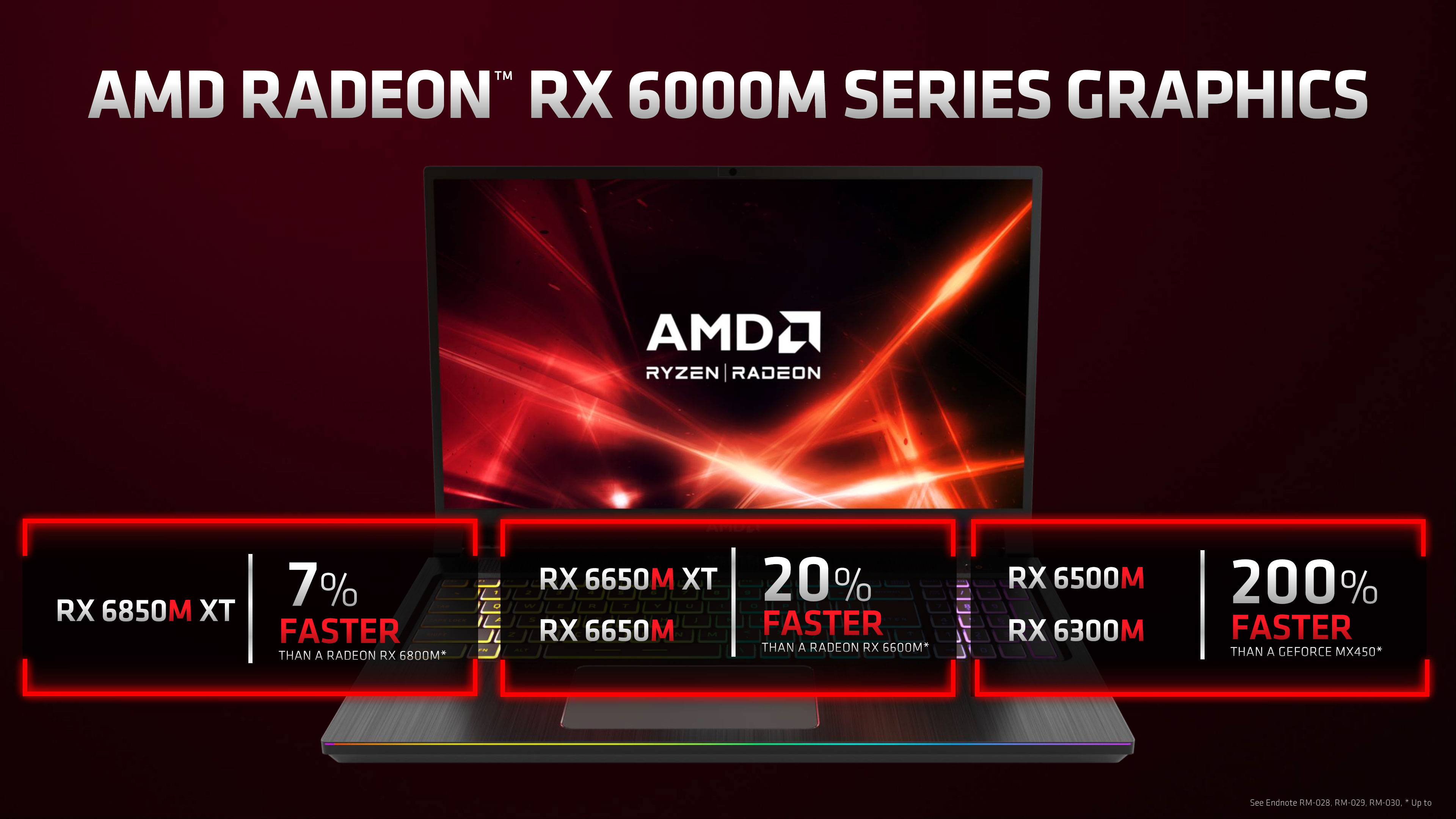
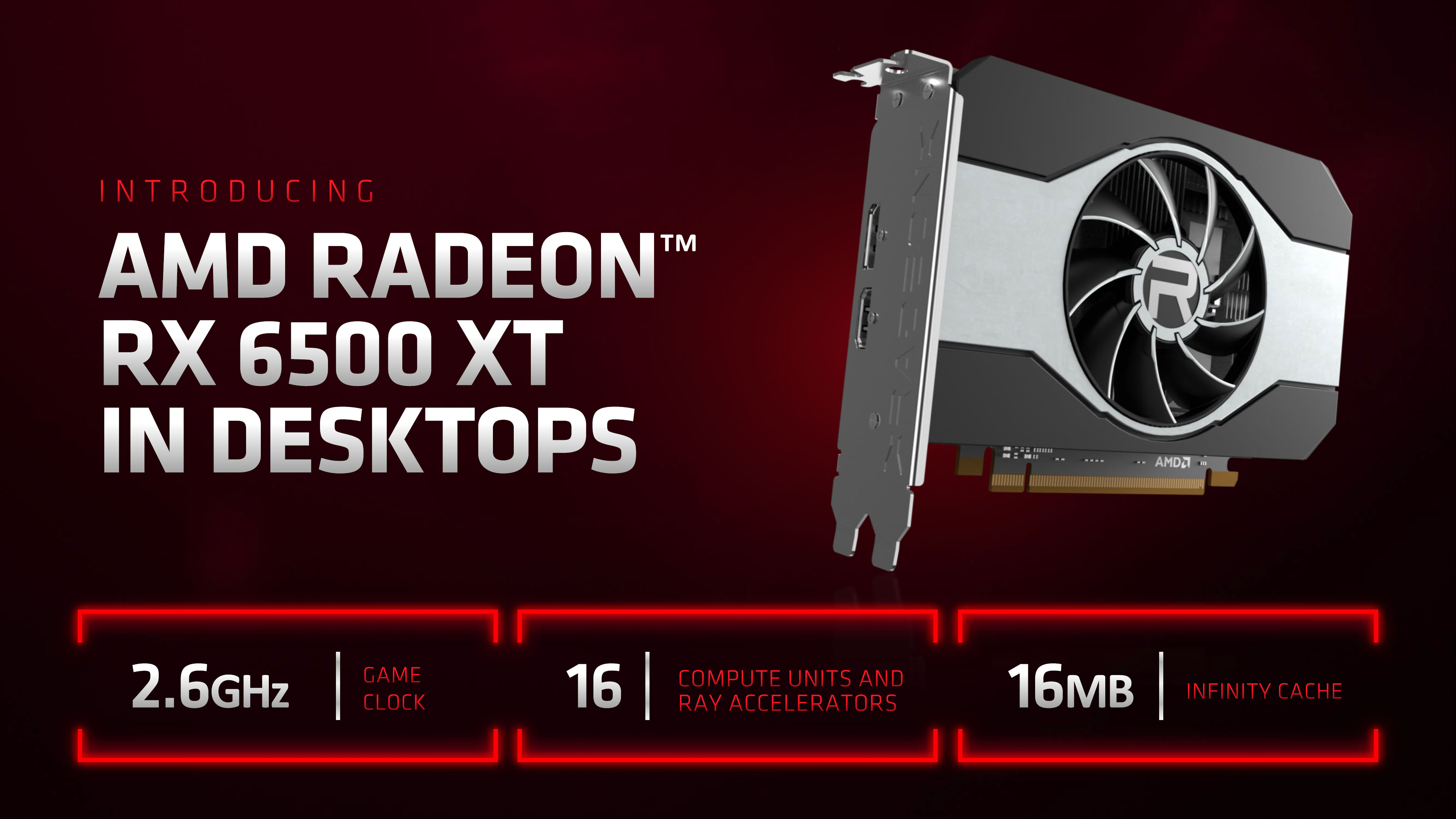


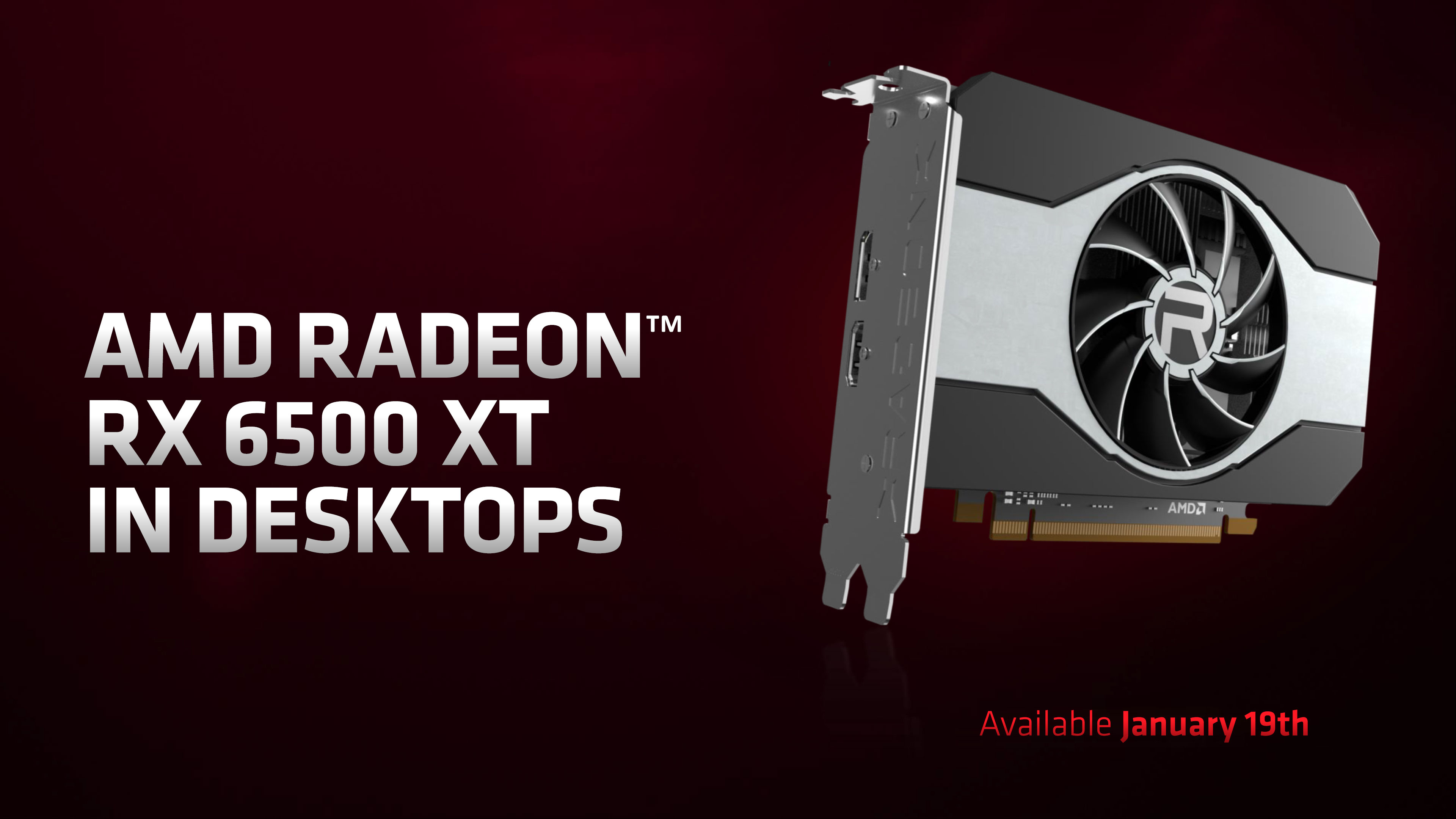
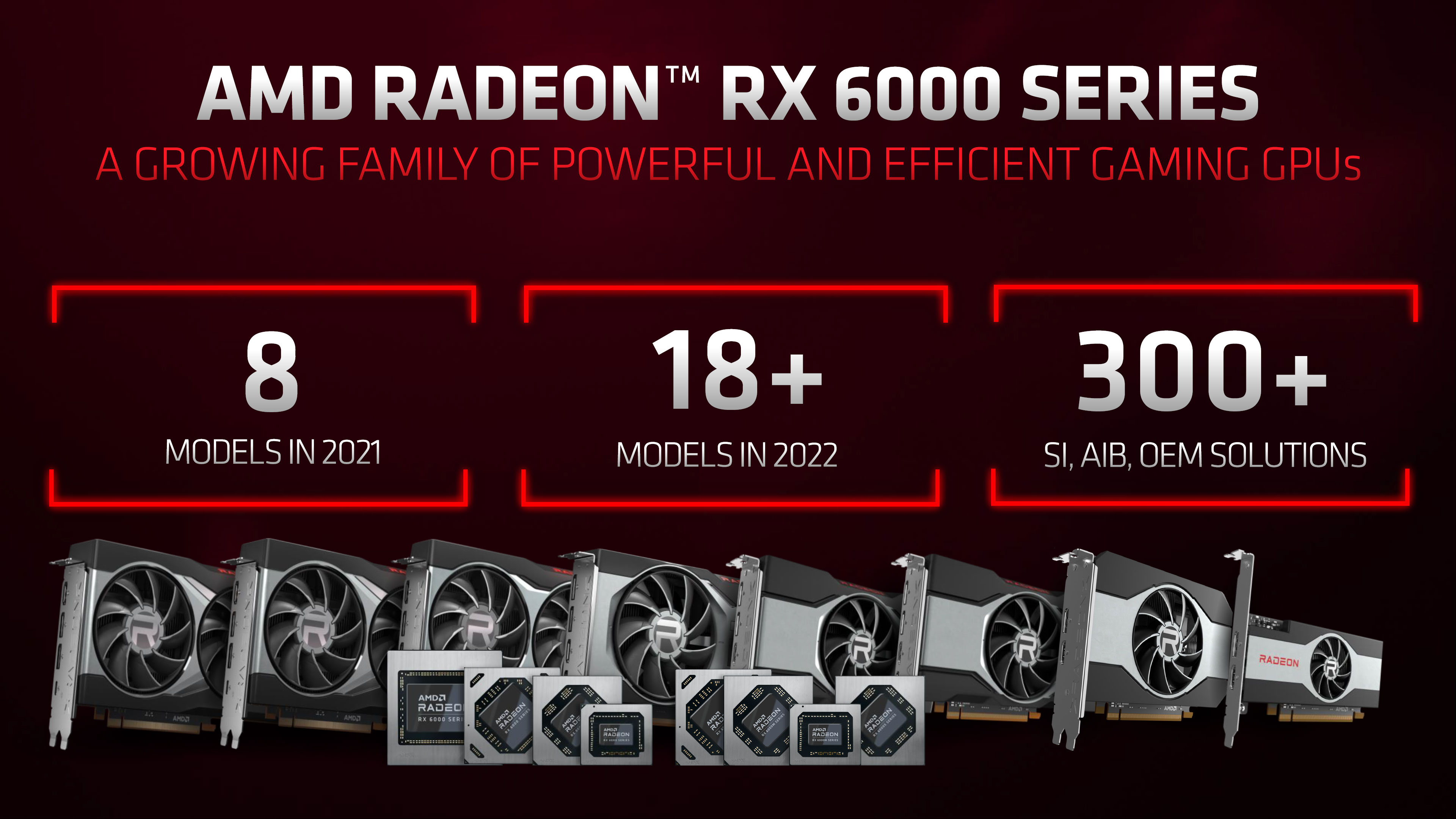
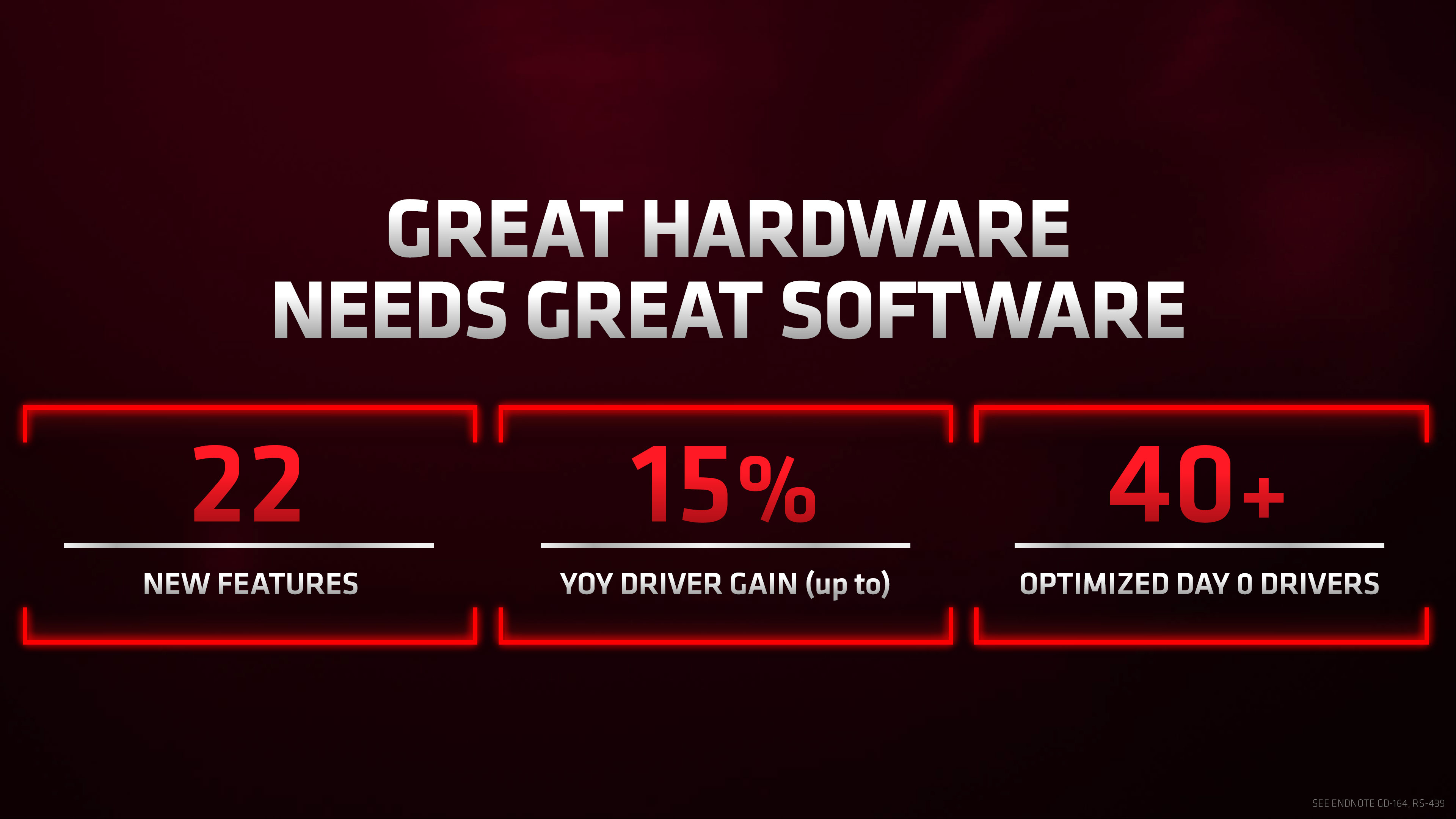

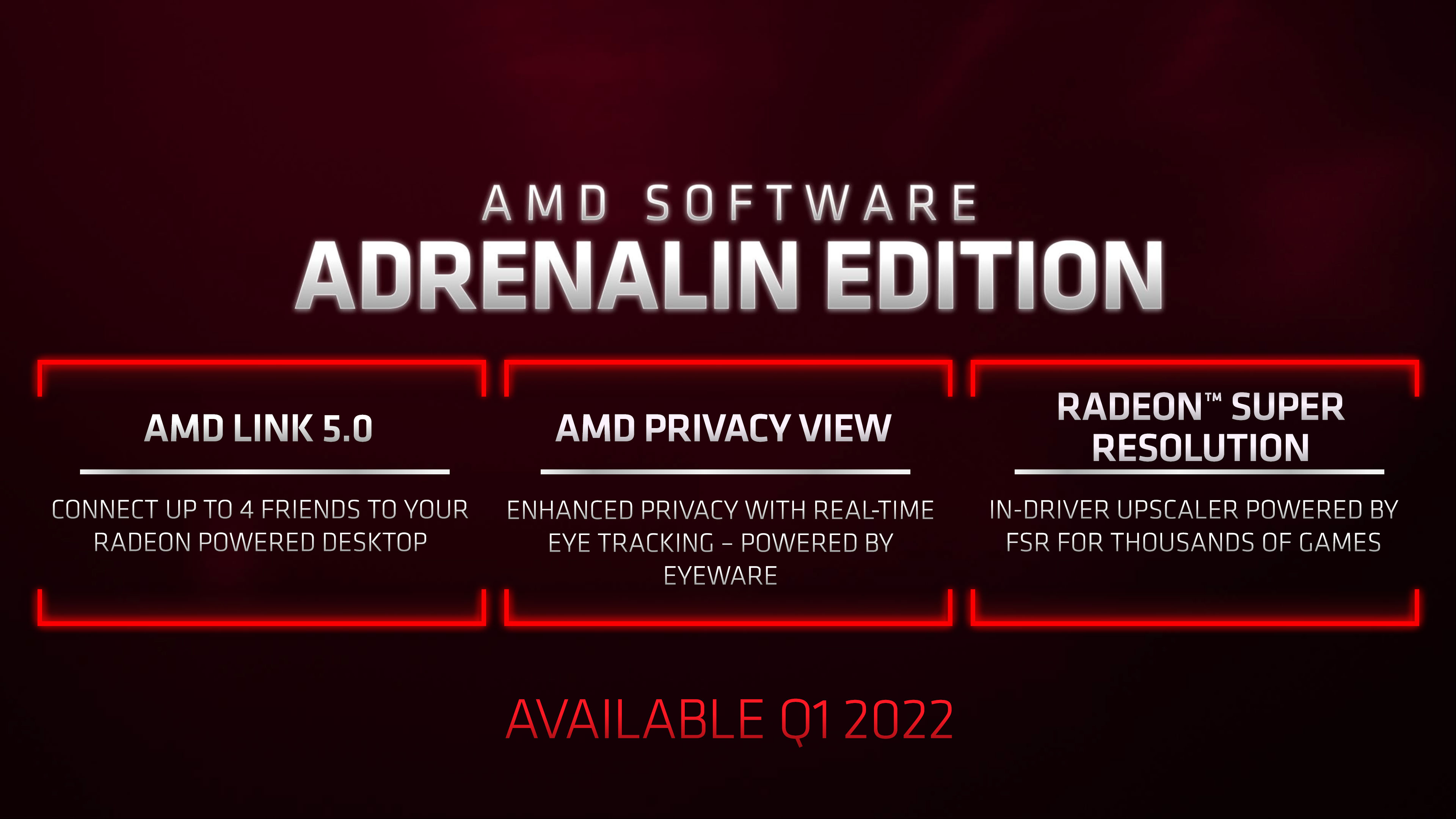
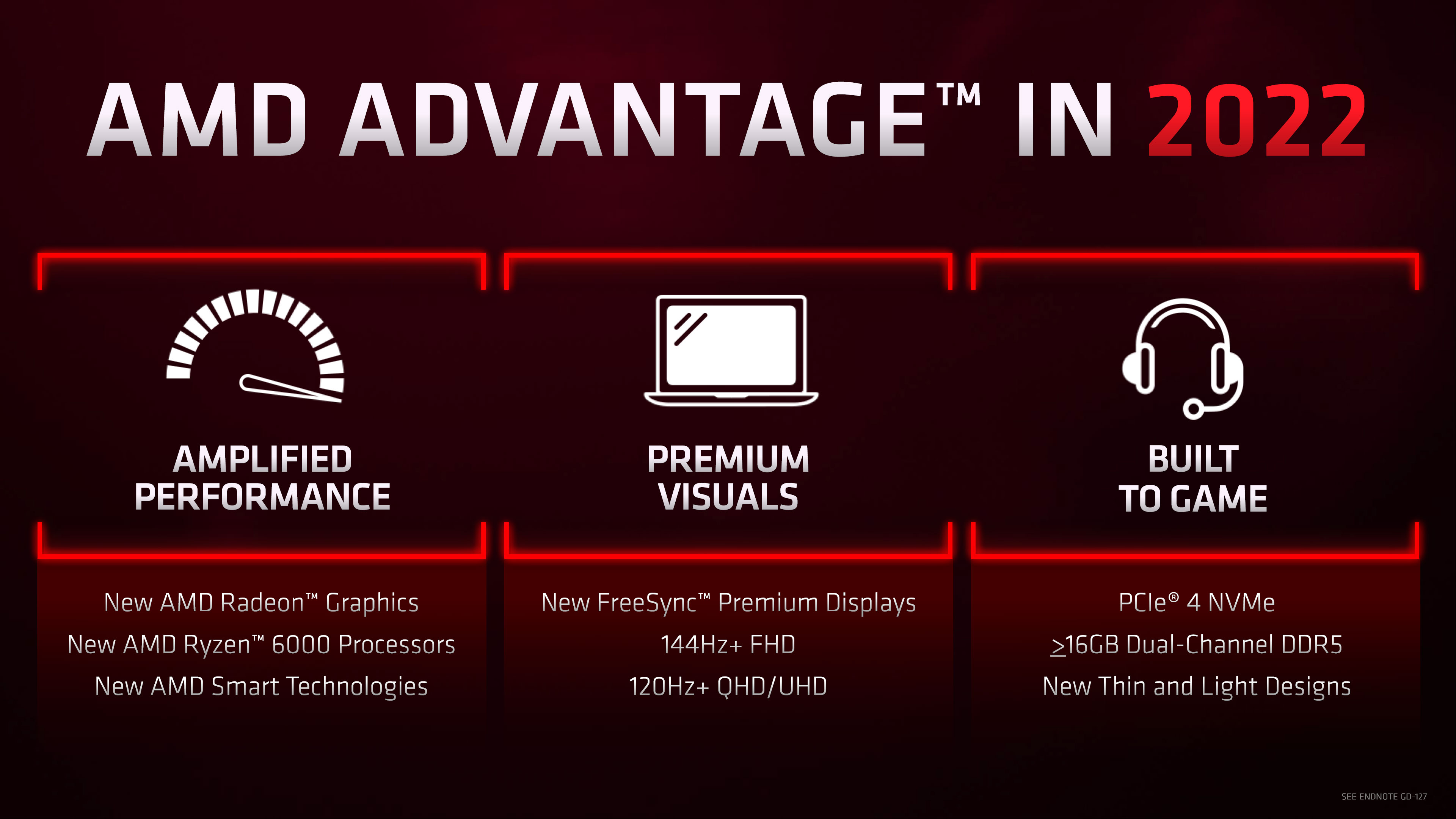
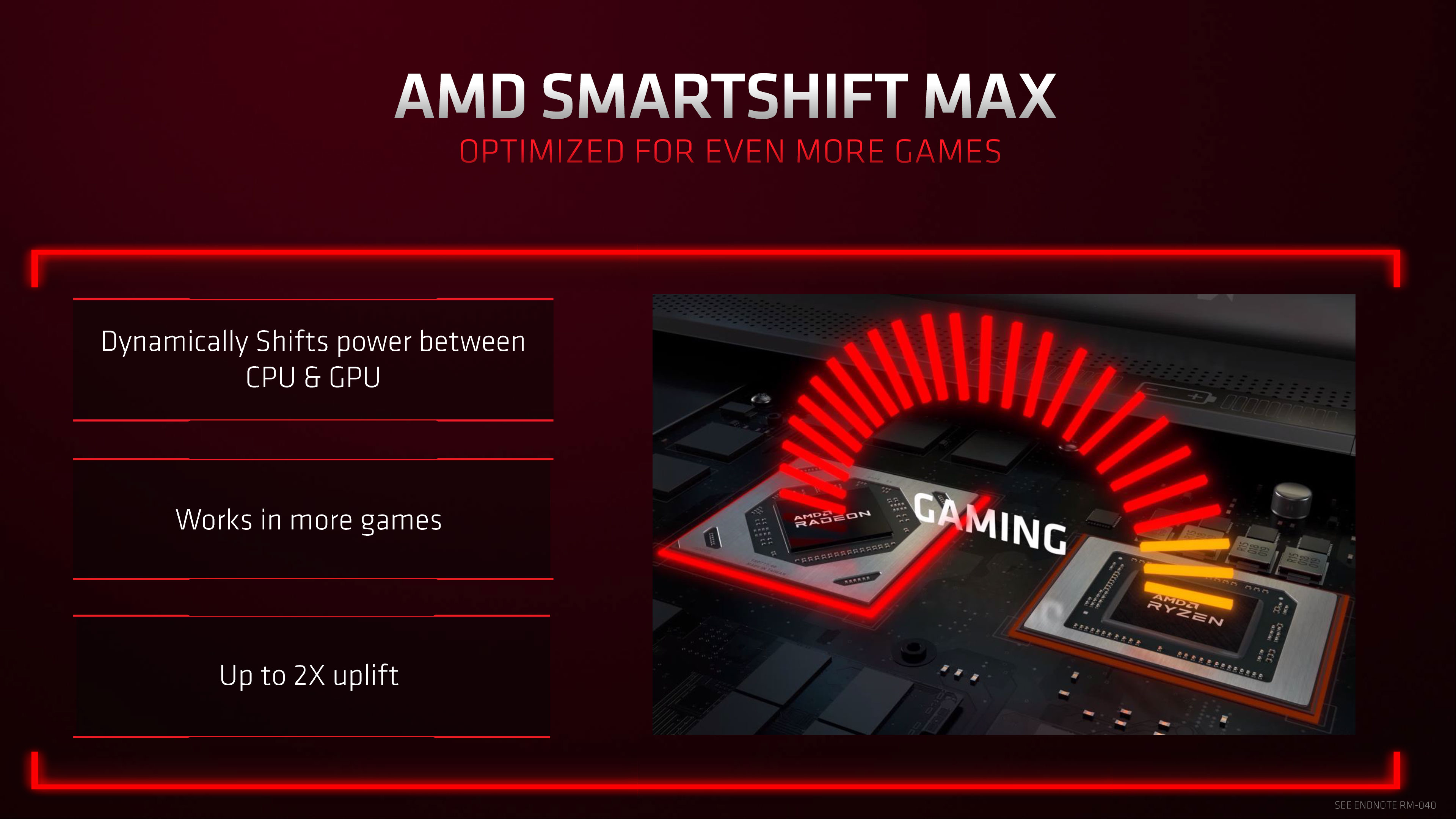
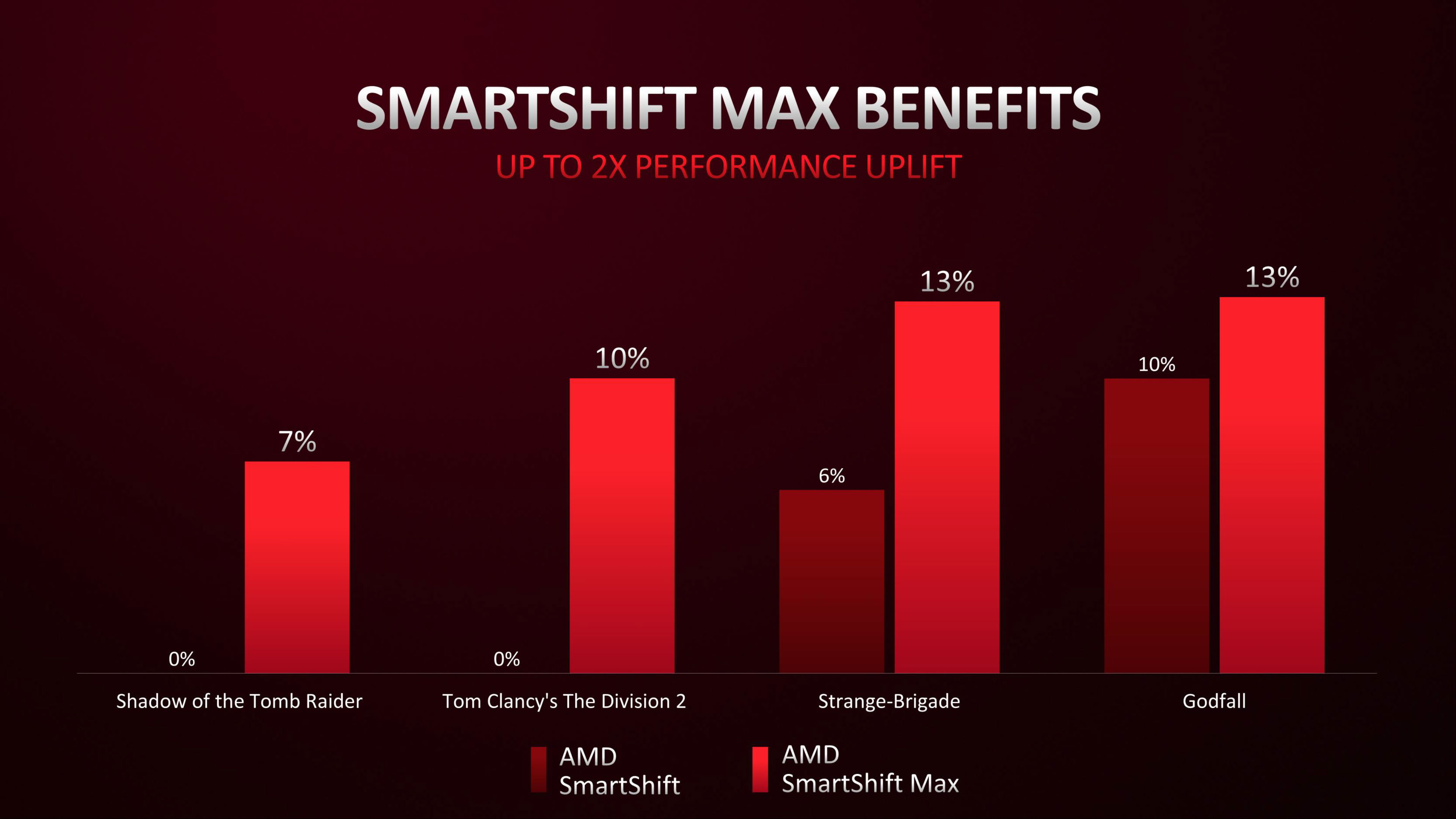
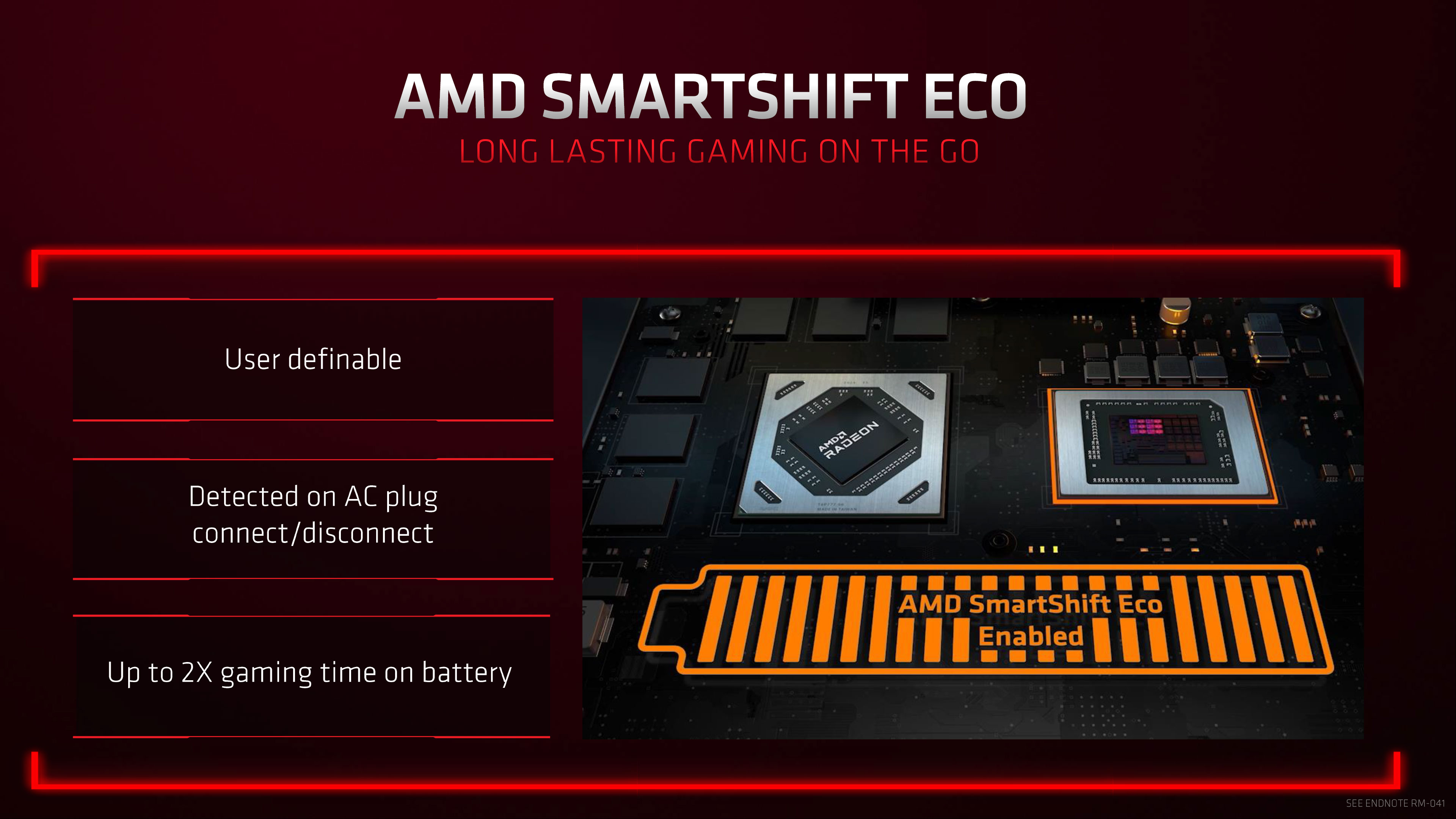
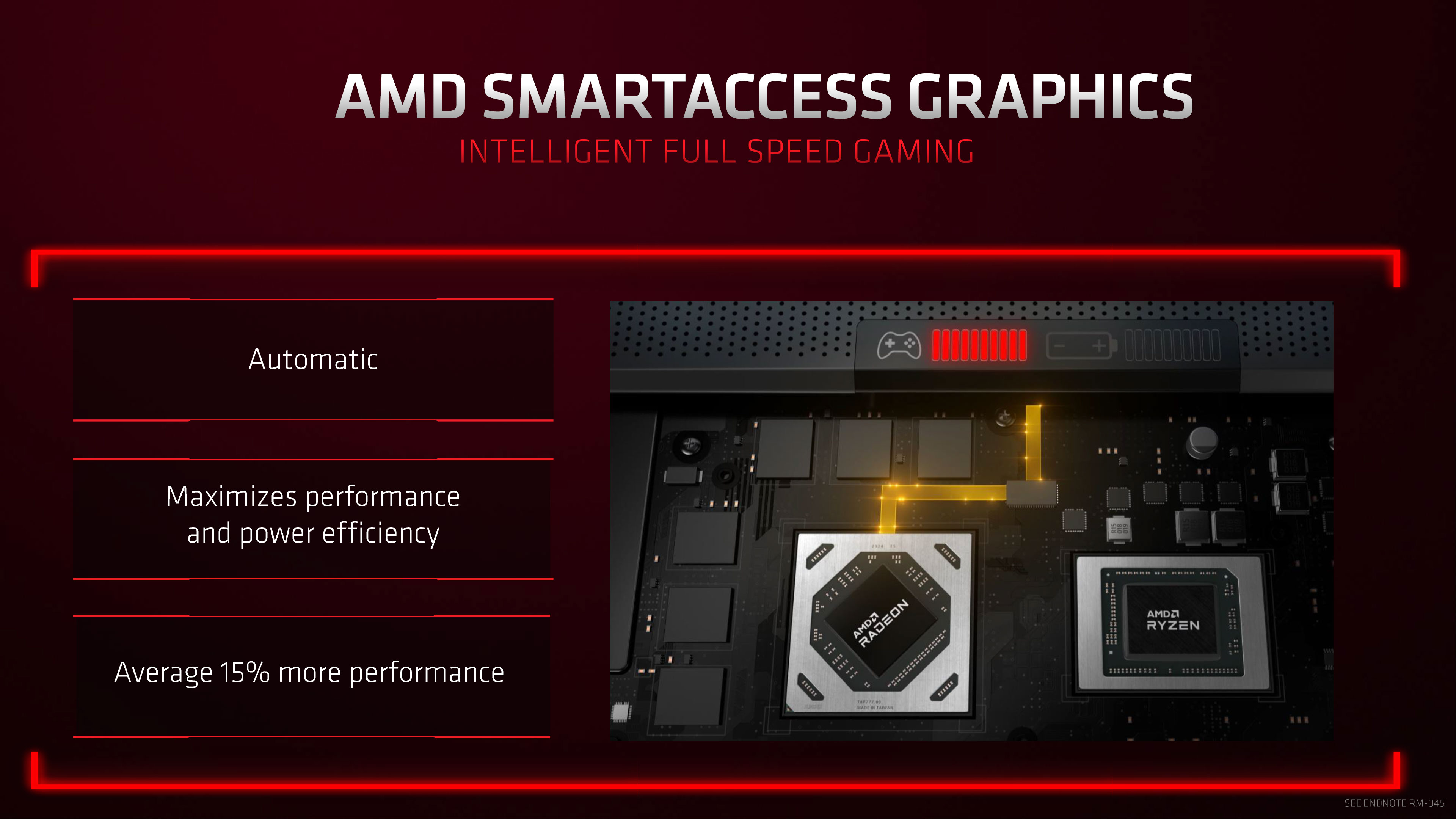
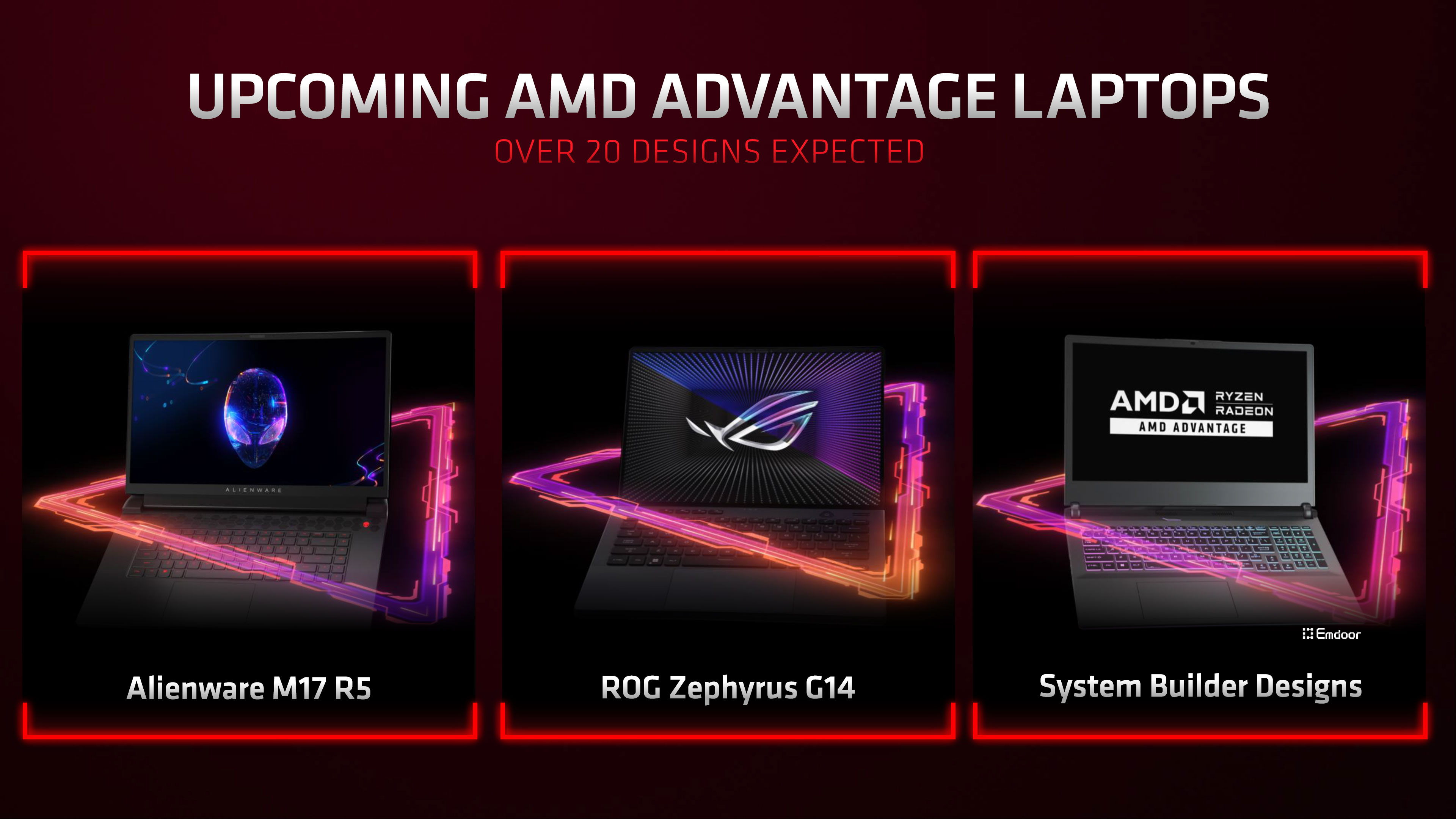
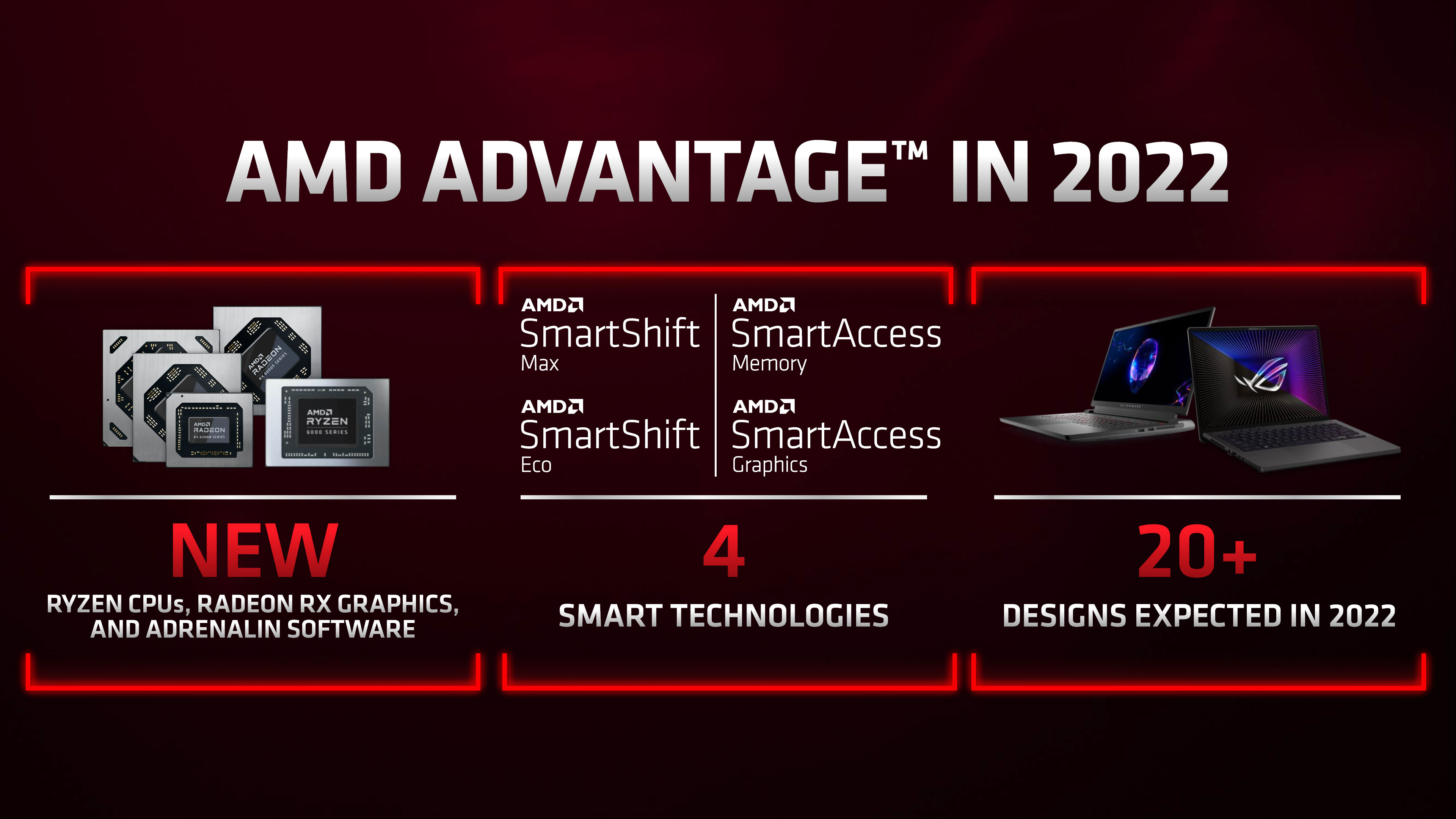
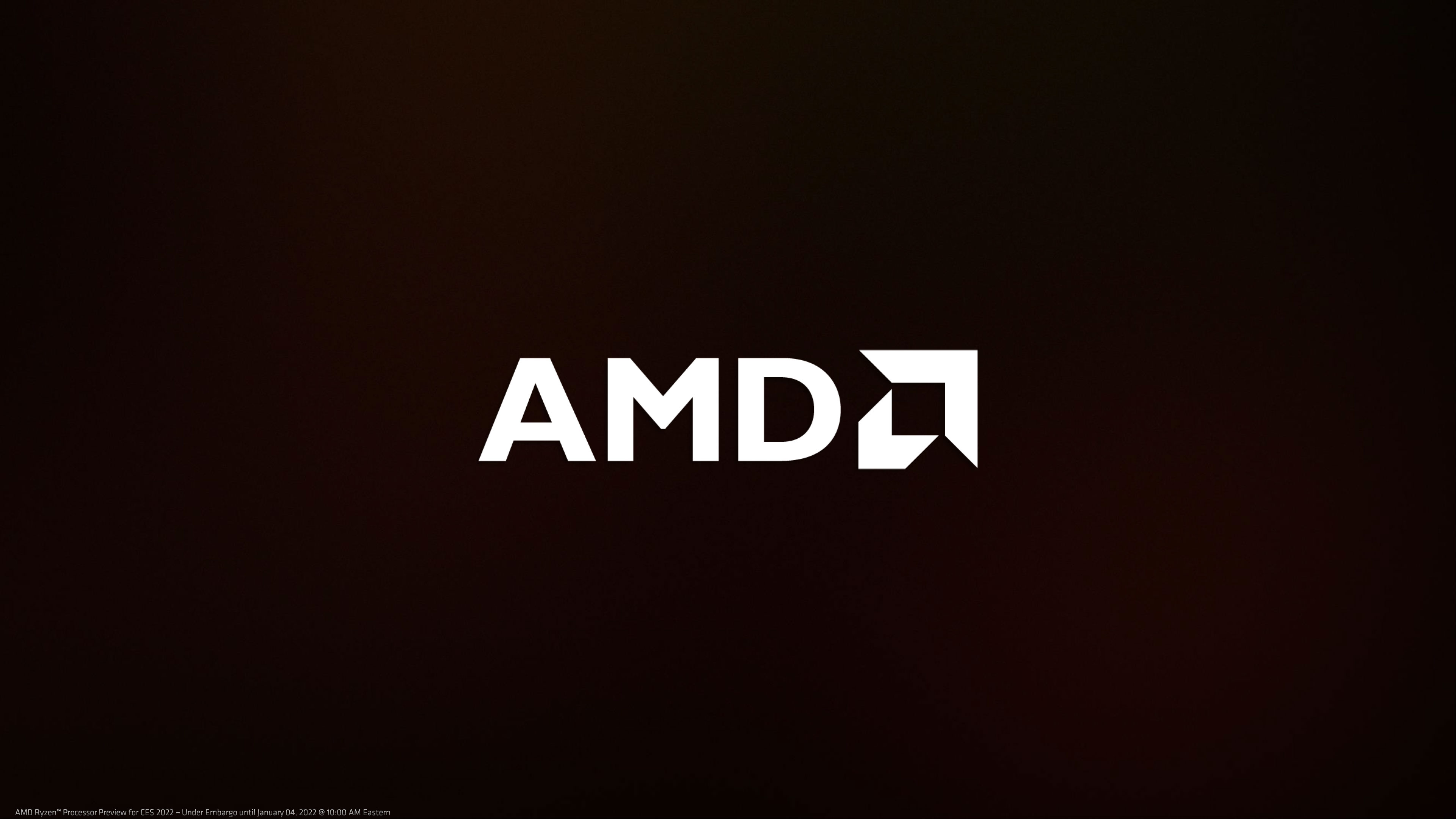
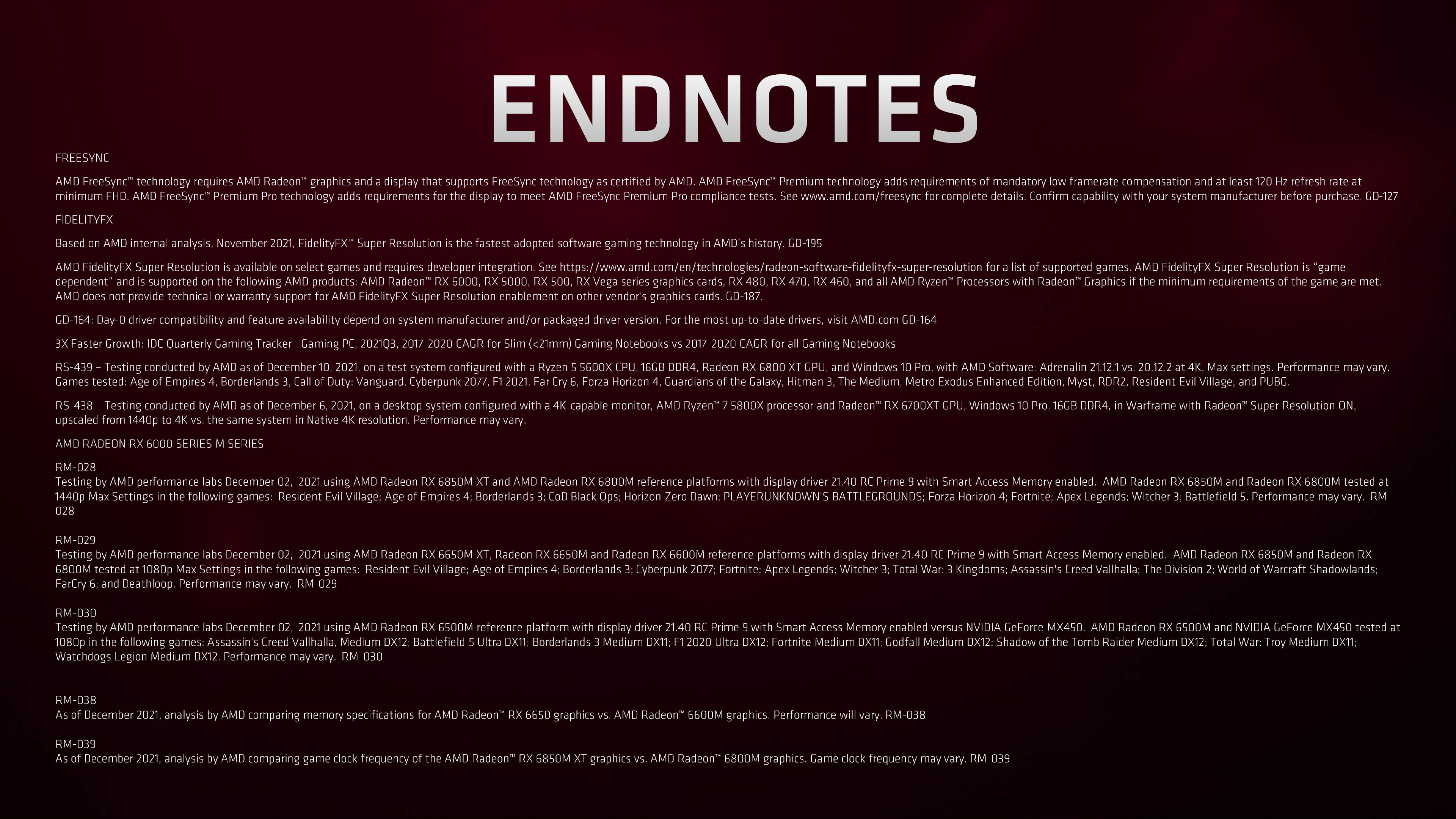
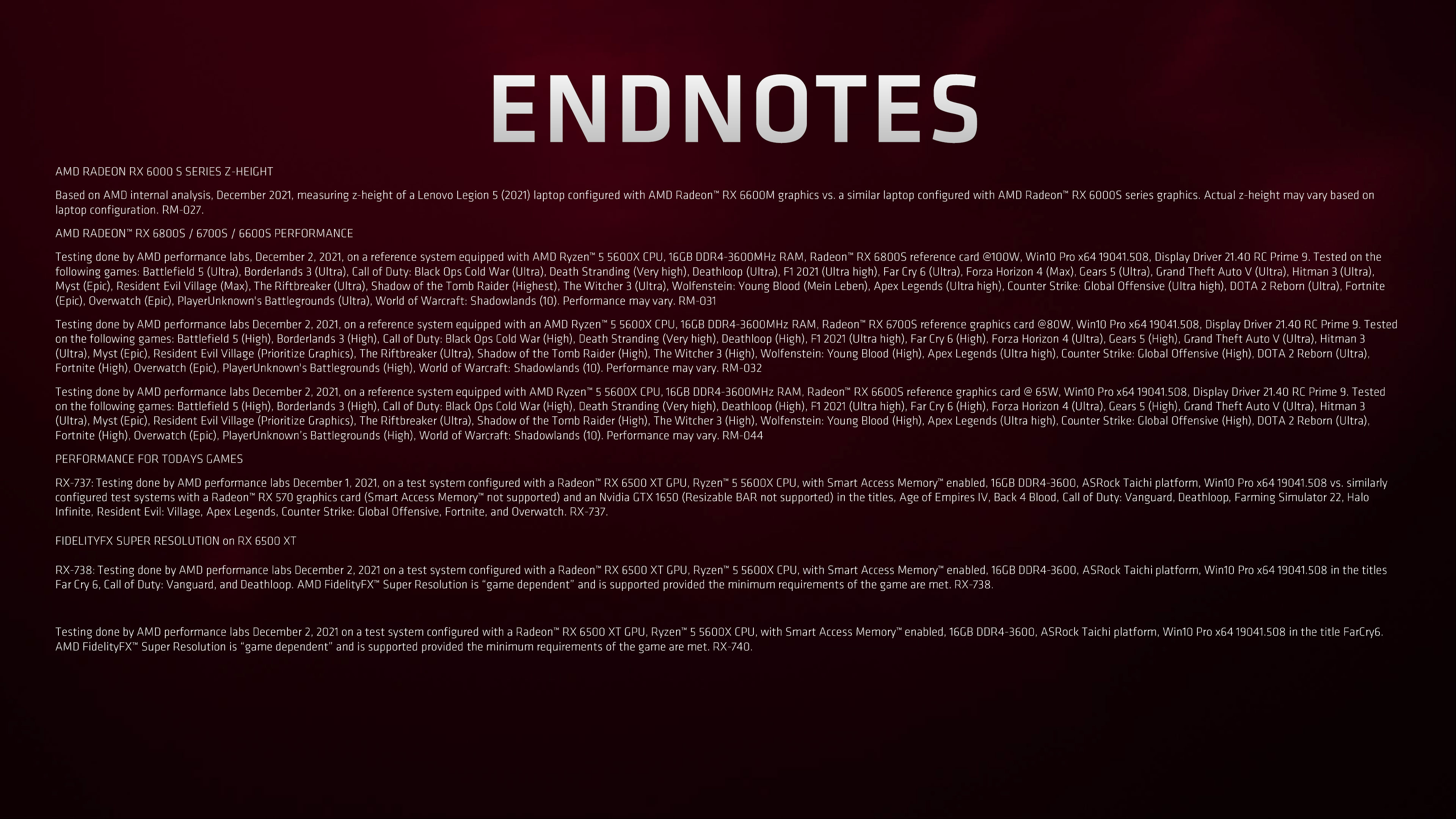
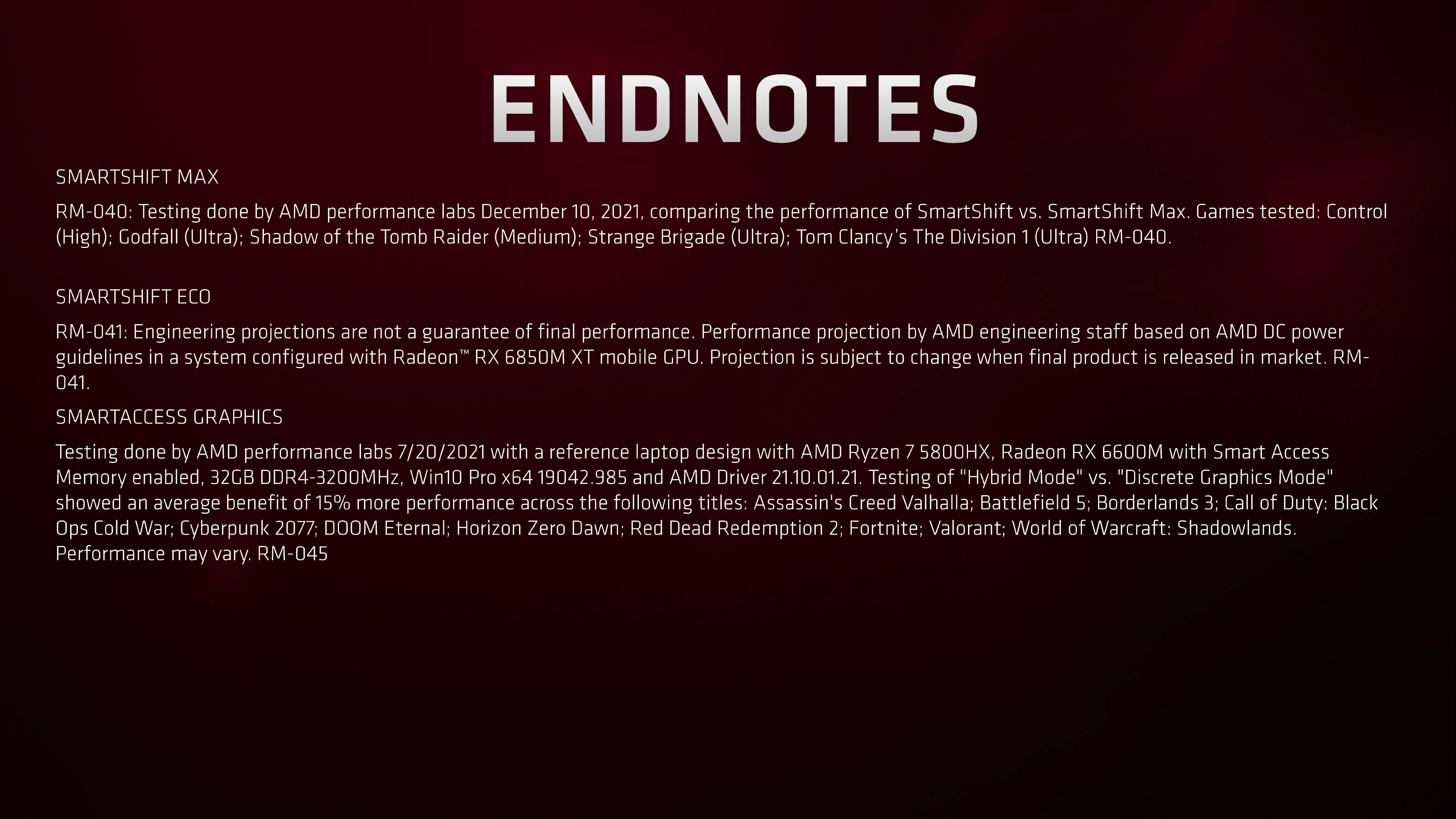
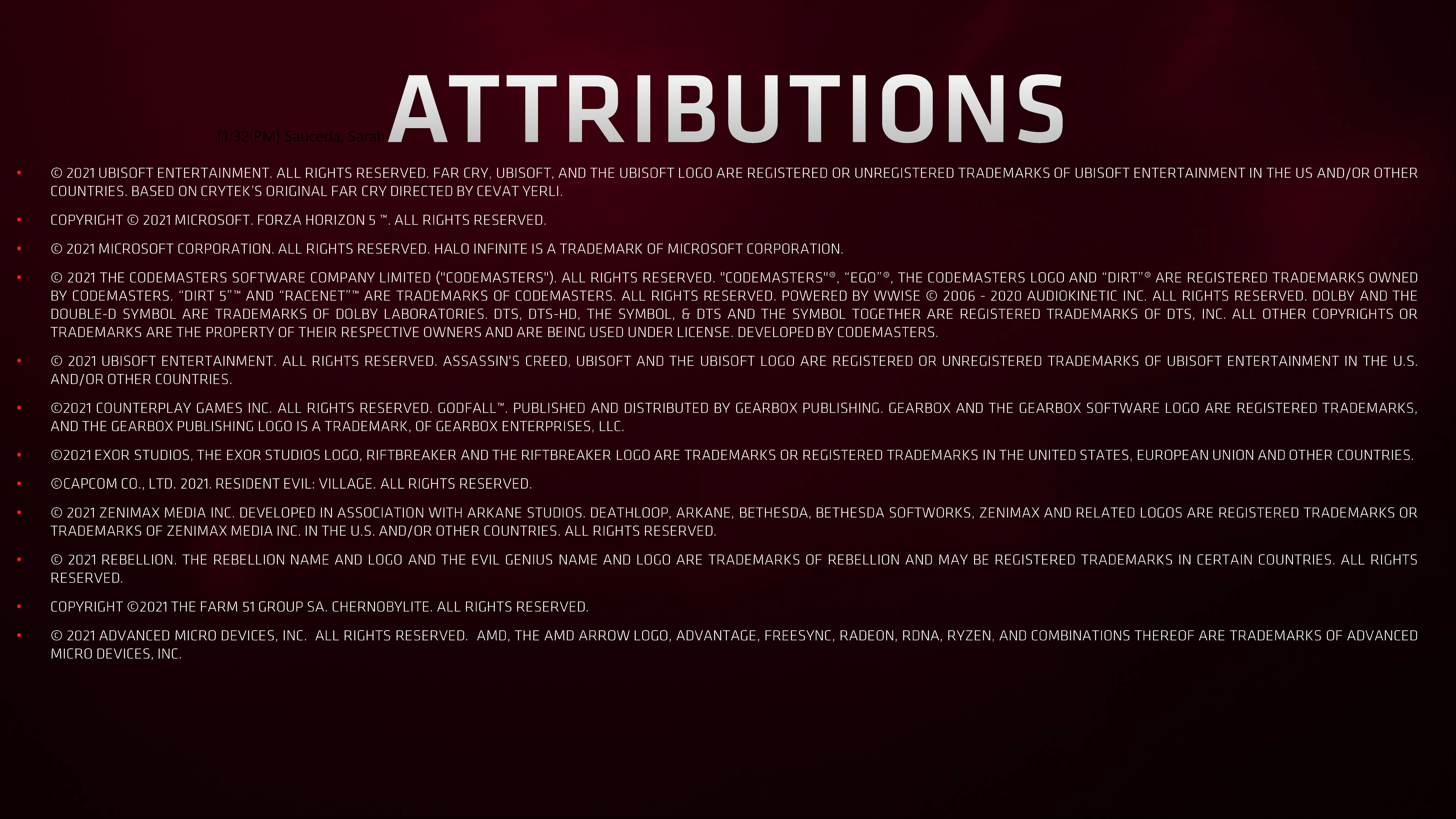
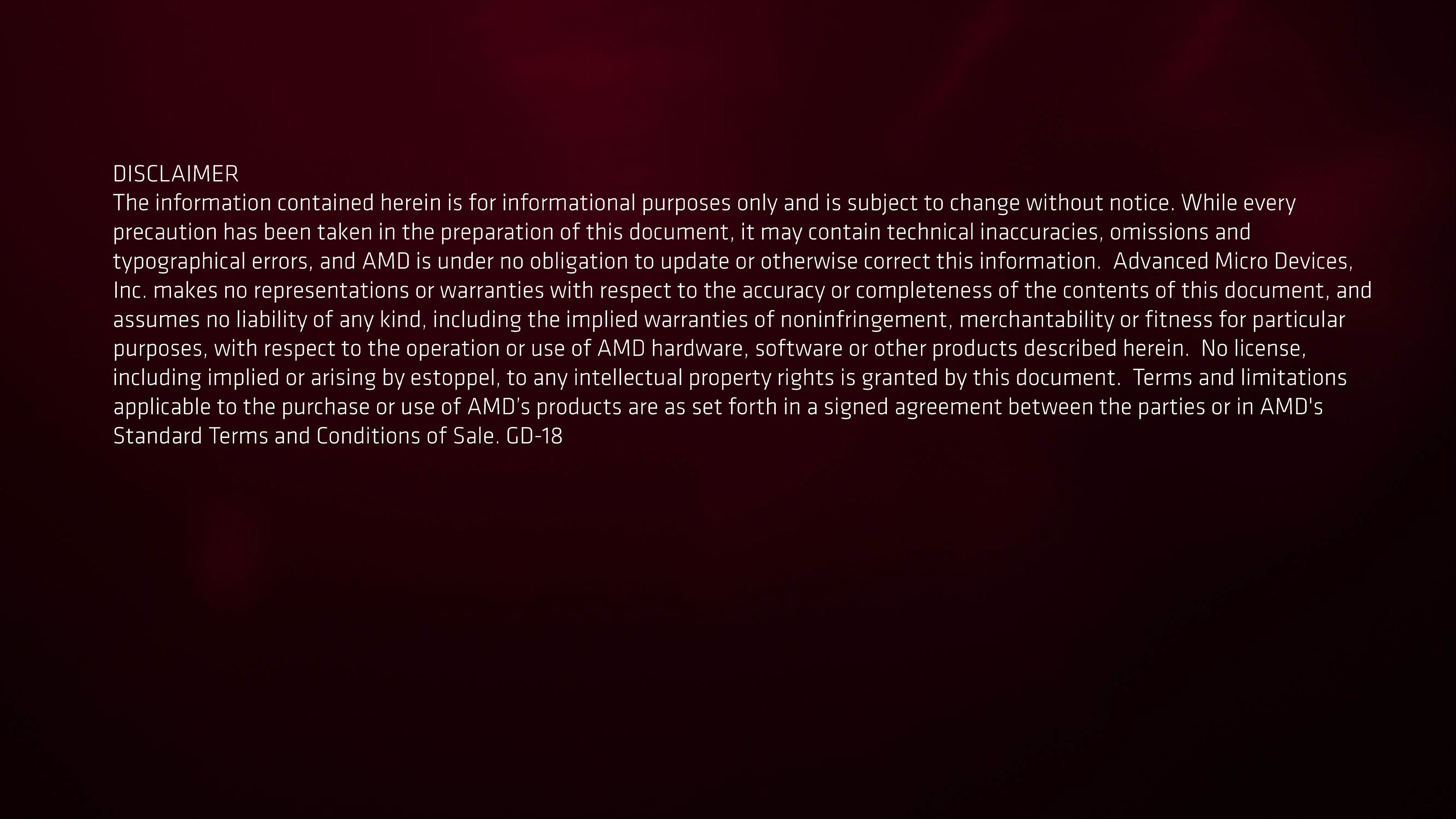
Stay On the Cutting Edge: Get the Tom's Hardware Newsletter
Get Tom's Hardware's best news and in-depth reviews, straight to your inbox.
Jarred Walton is a senior editor at Tom's Hardware focusing on everything GPU. He has been working as a tech journalist since 2004, writing for AnandTech, Maximum PC, and PC Gamer. From the first S3 Virge '3D decelerators' to today's GPUs, Jarred keeps up with all the latest graphics trends and is the one to ask about game performance.
